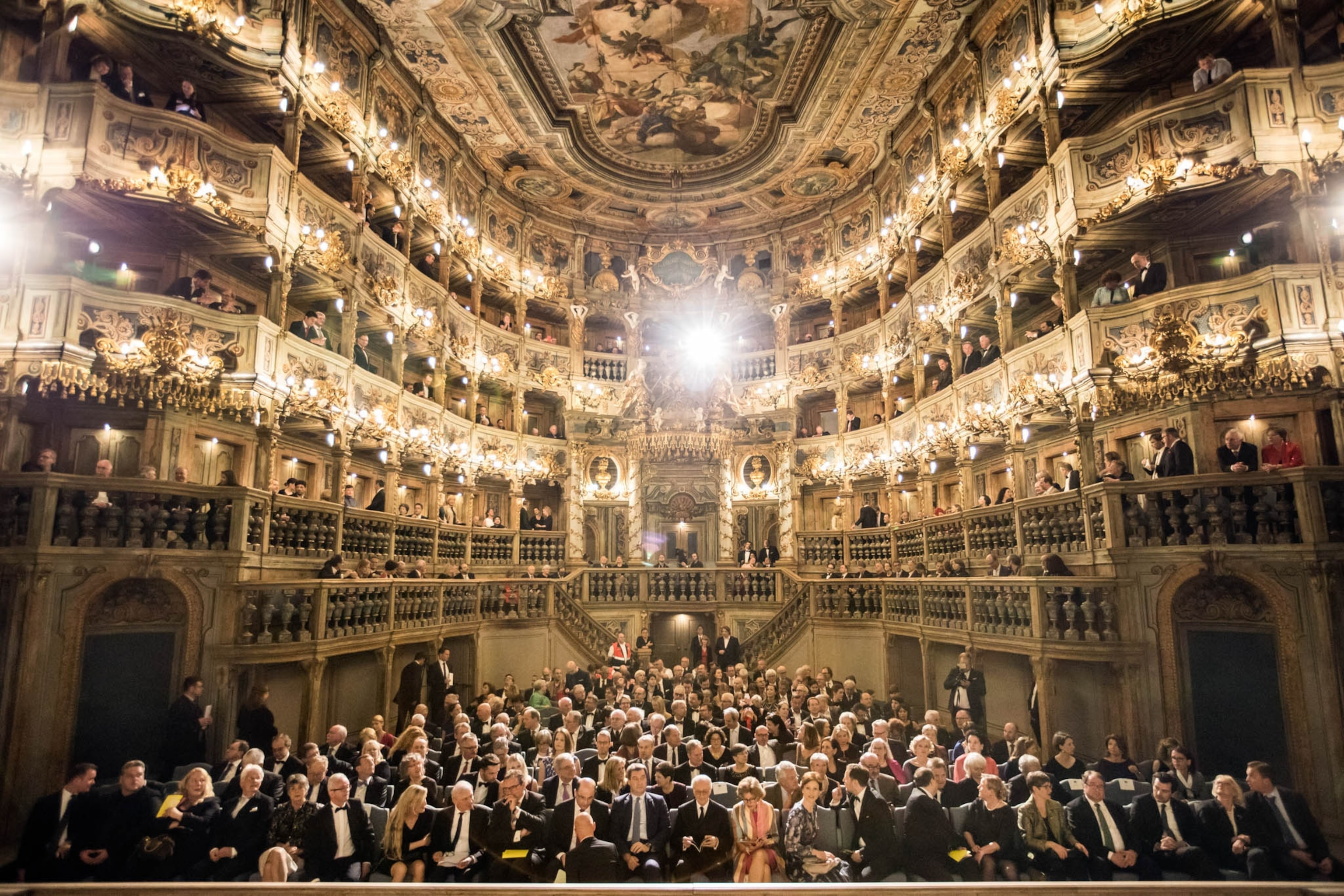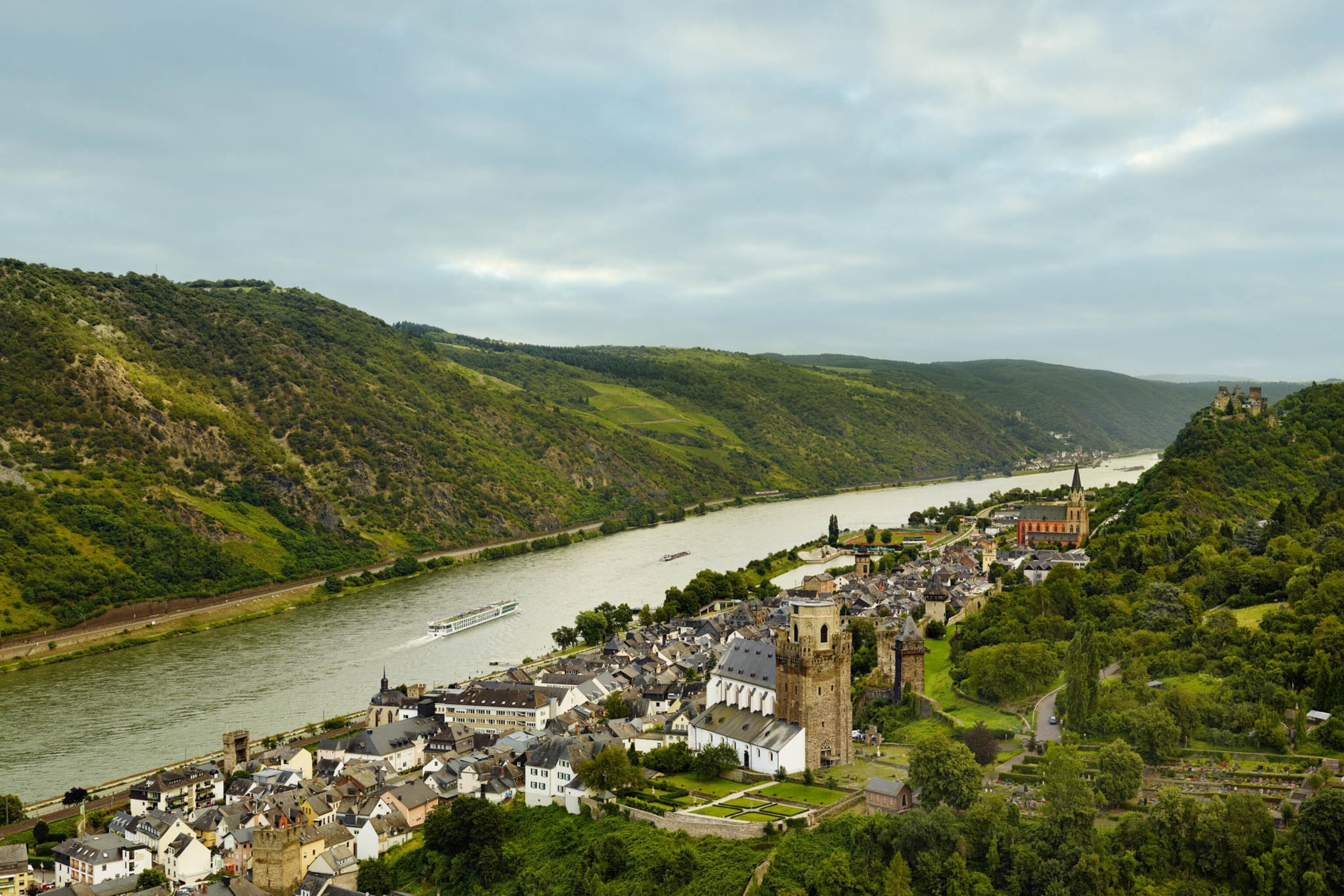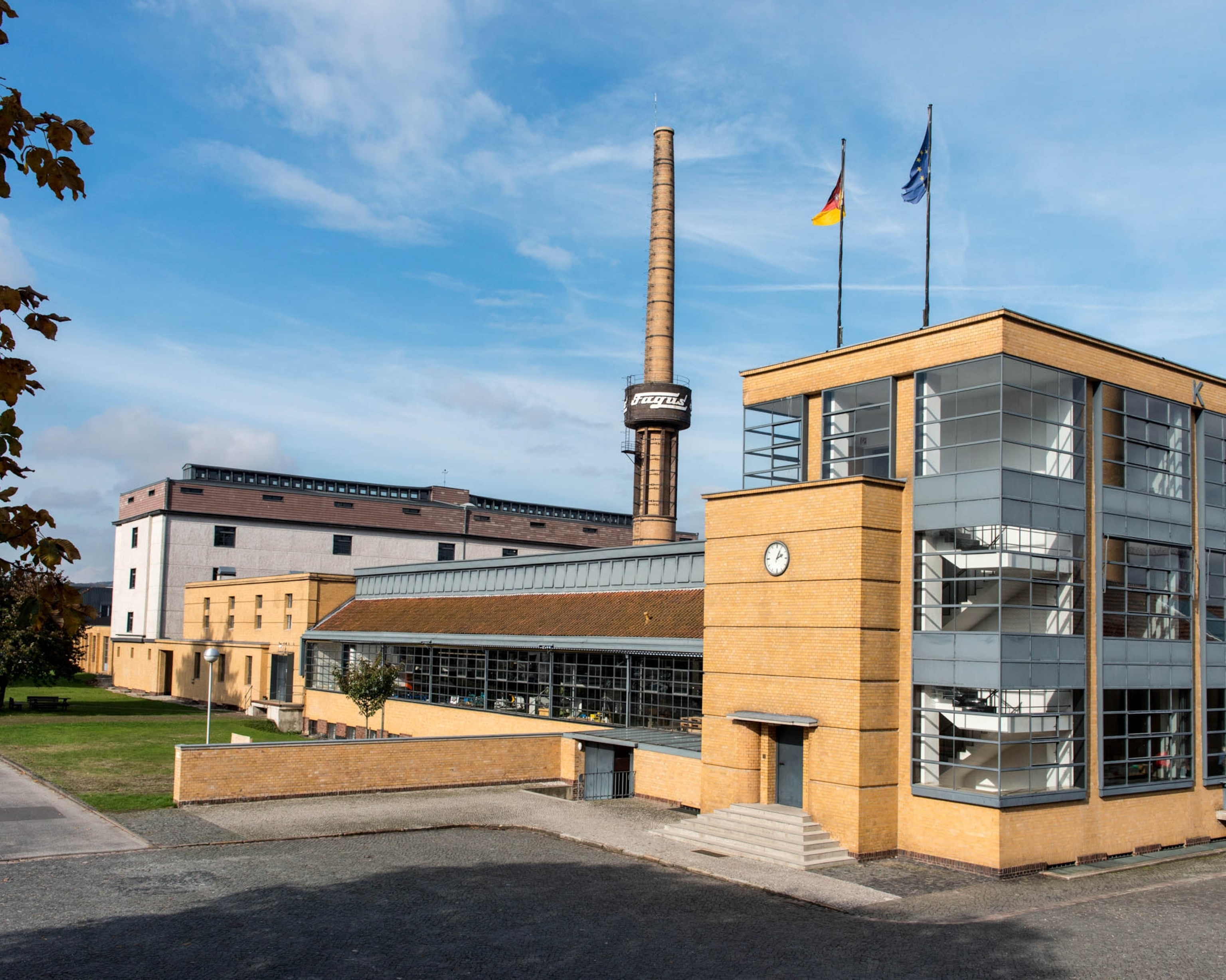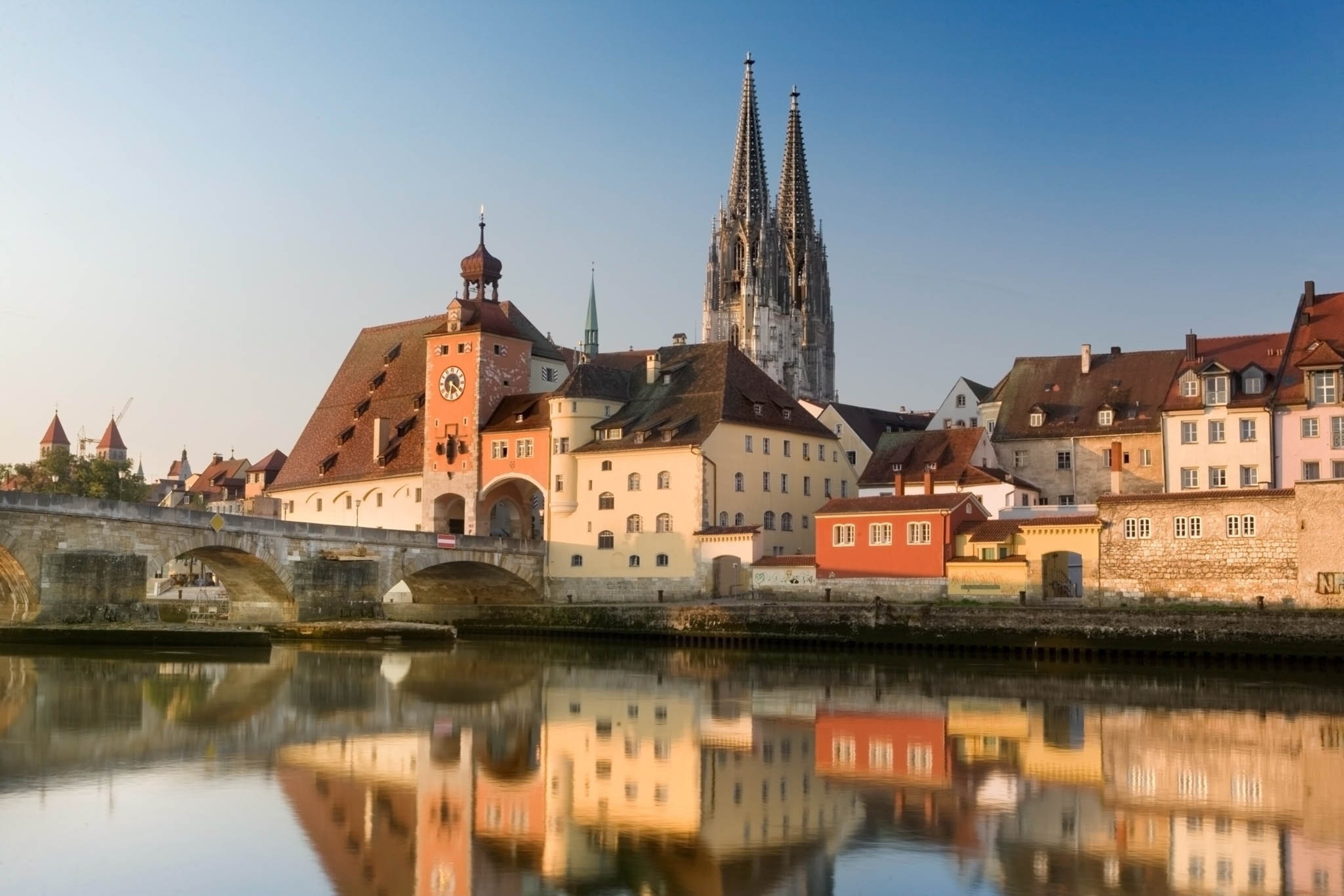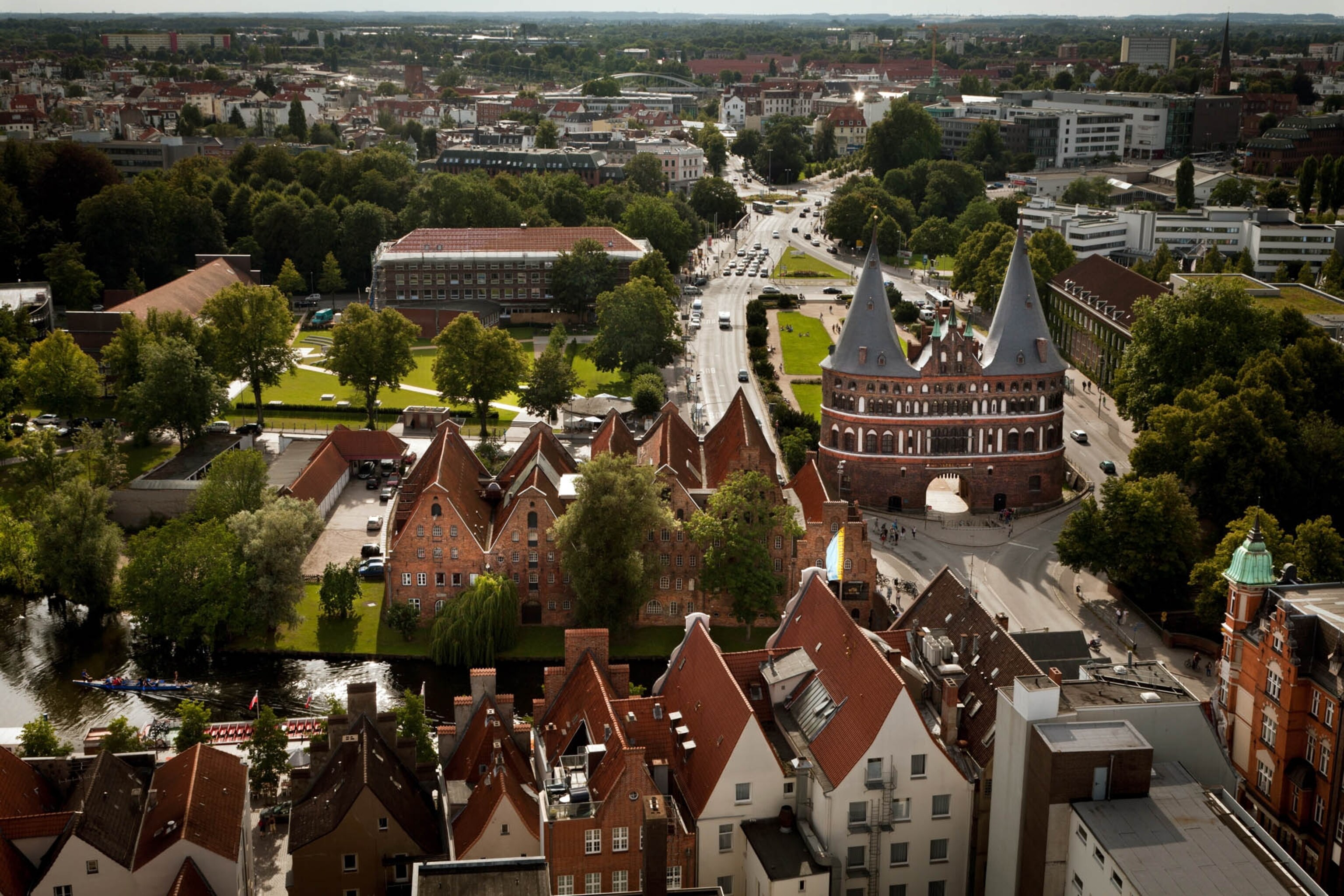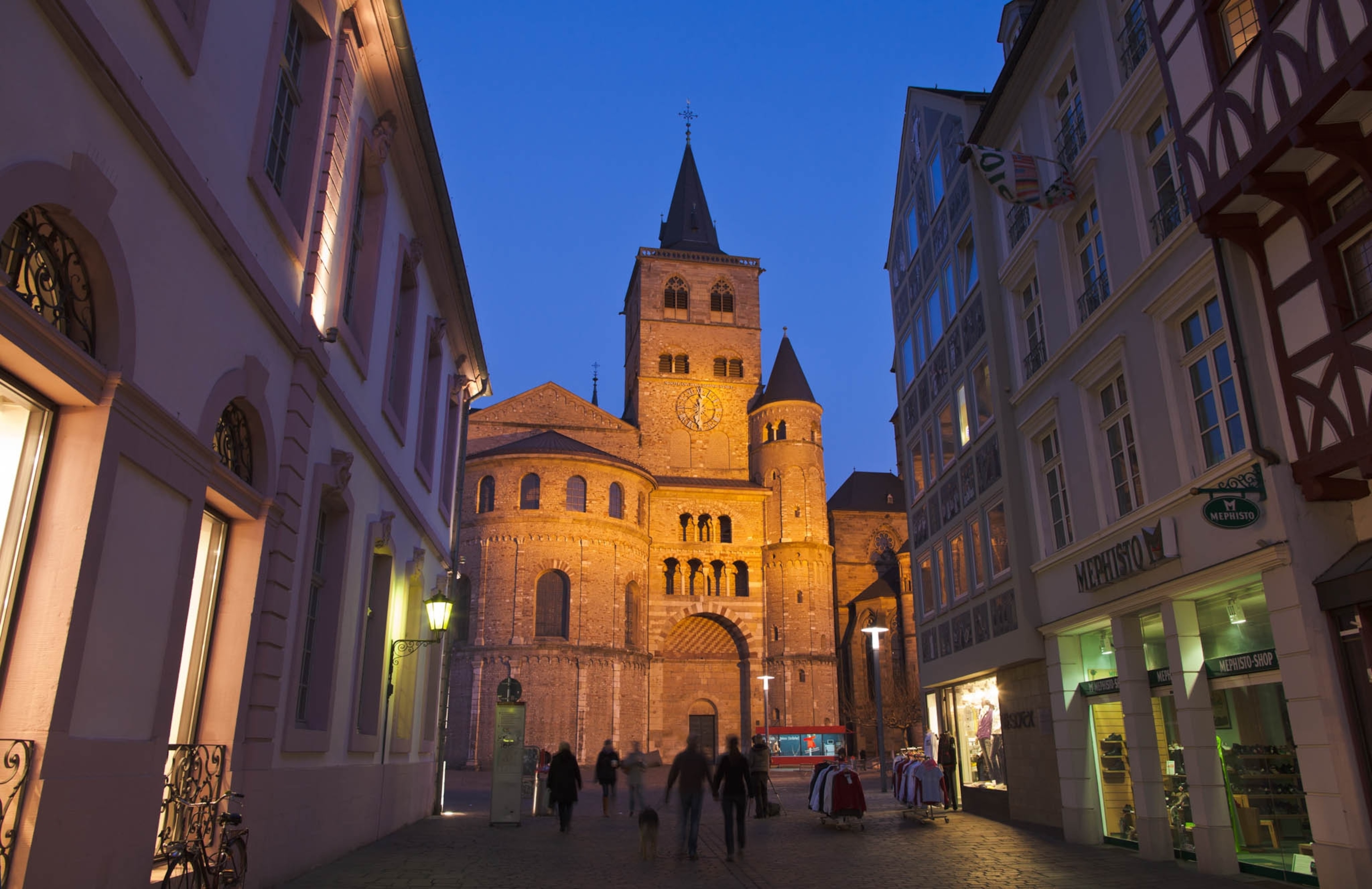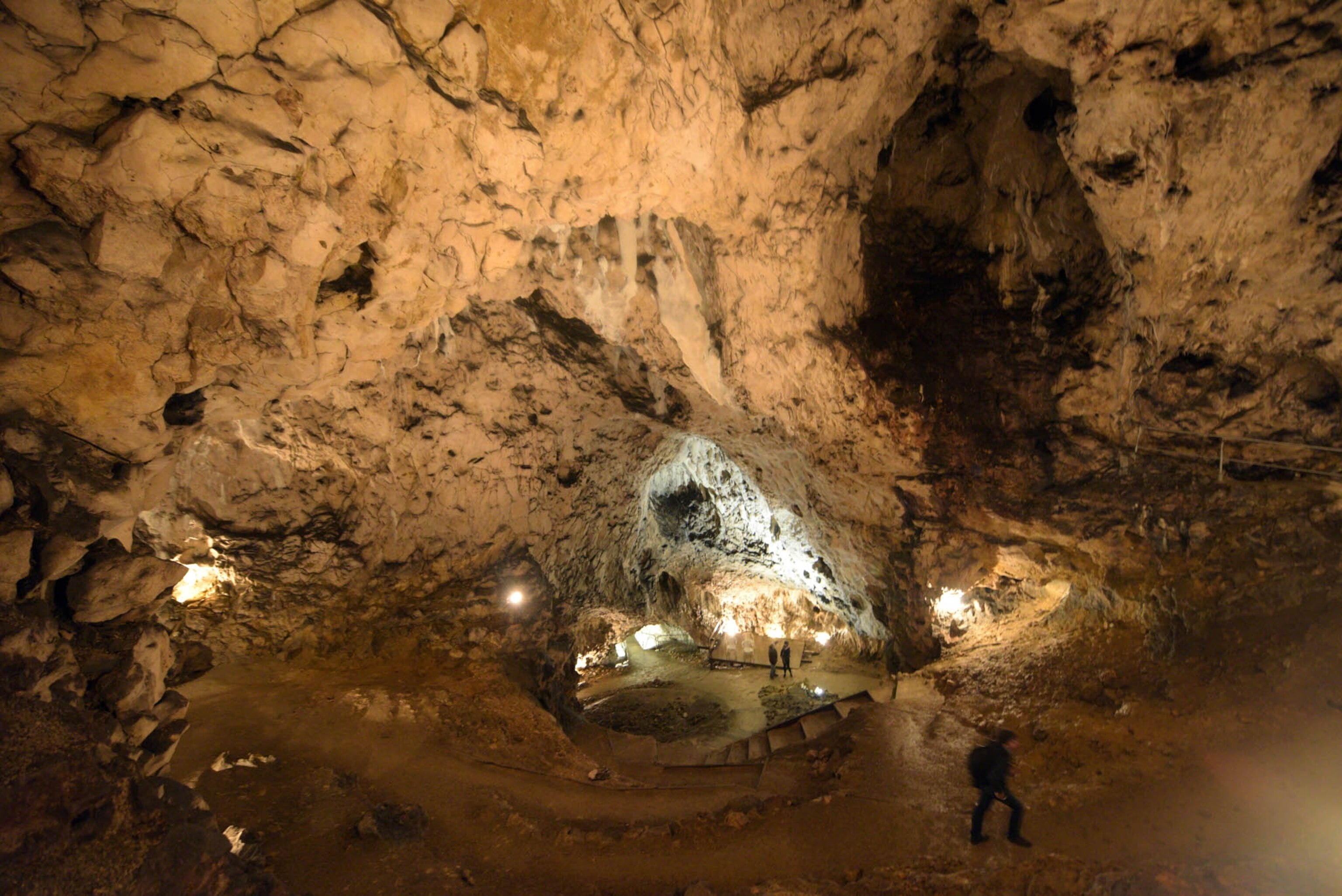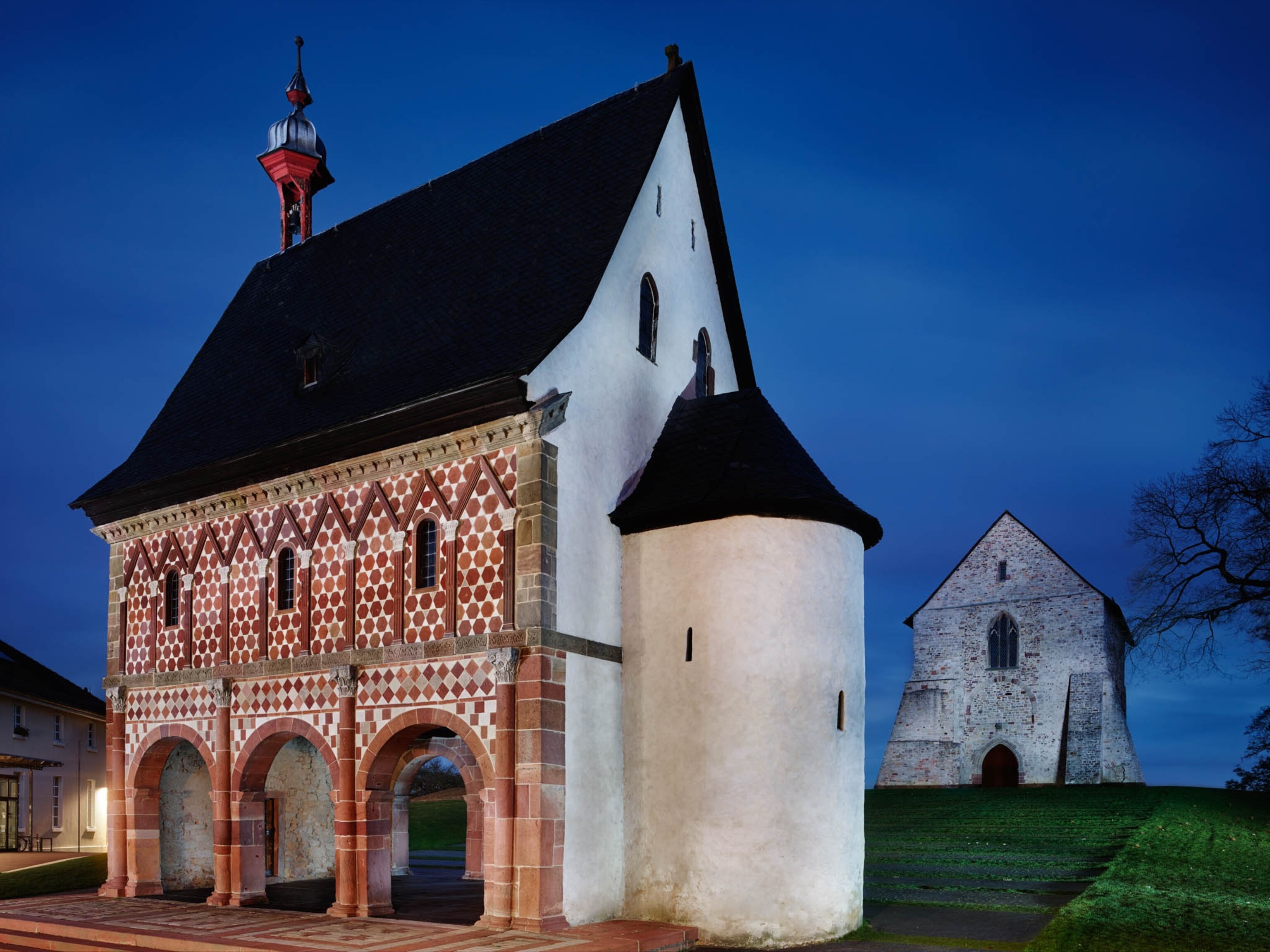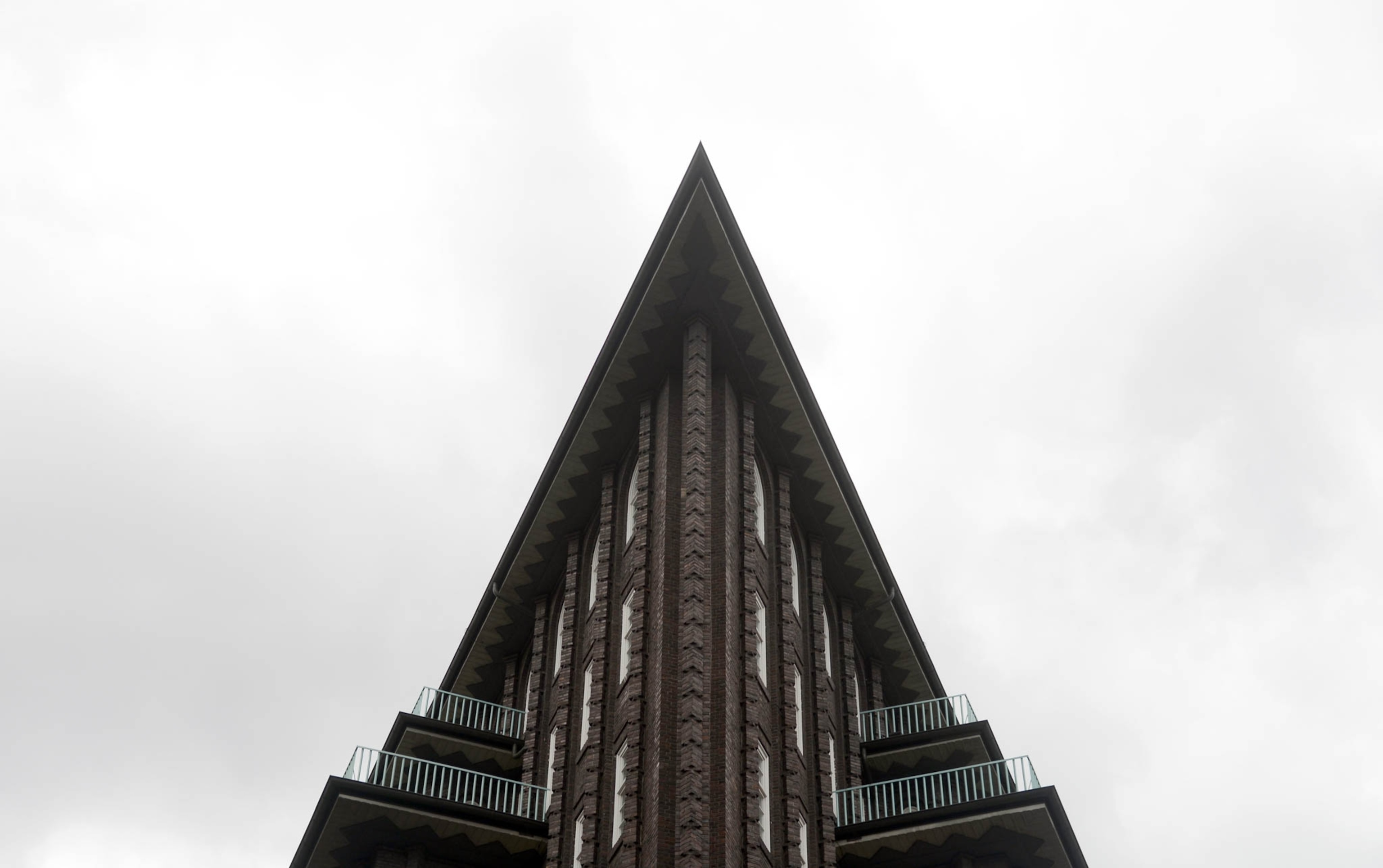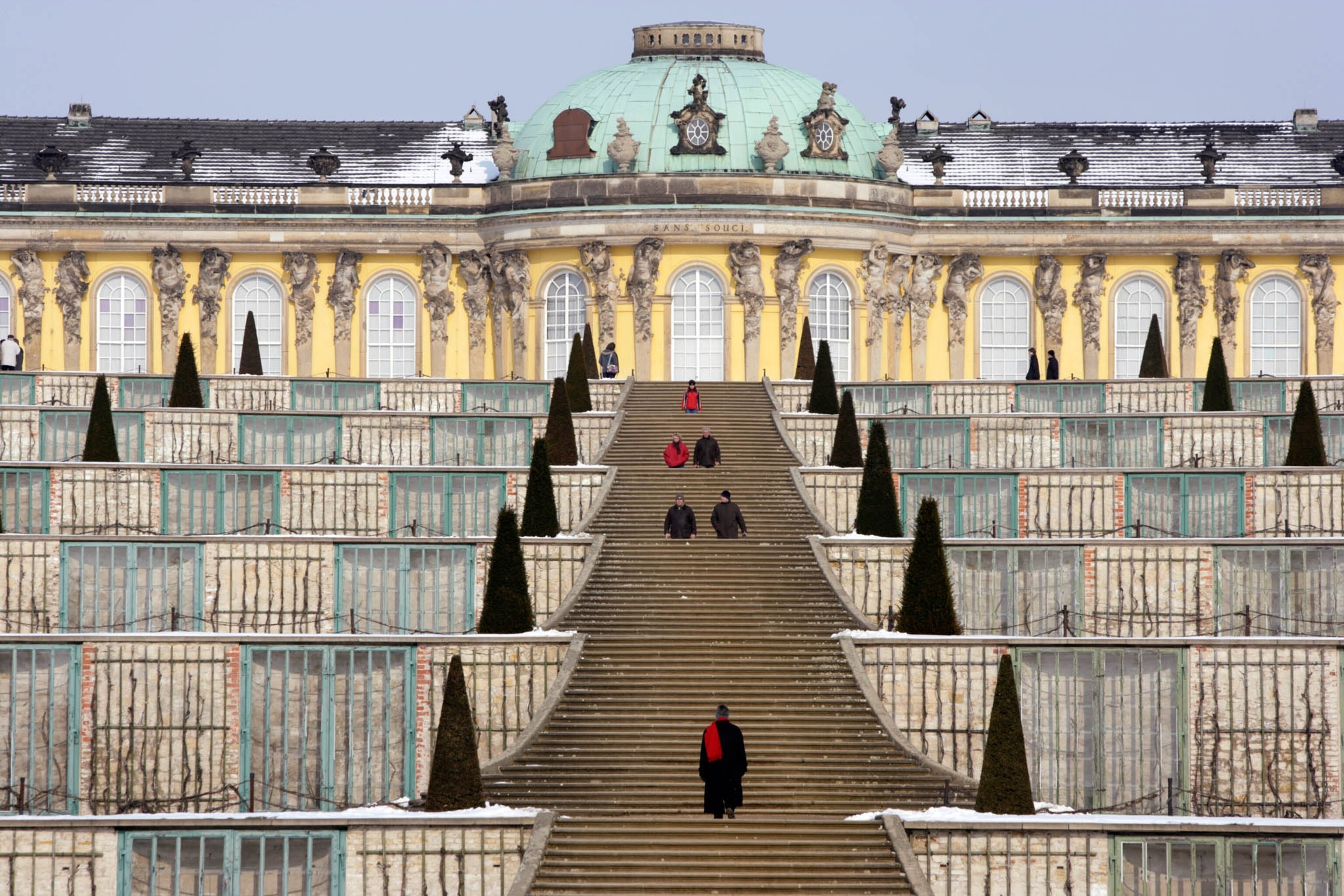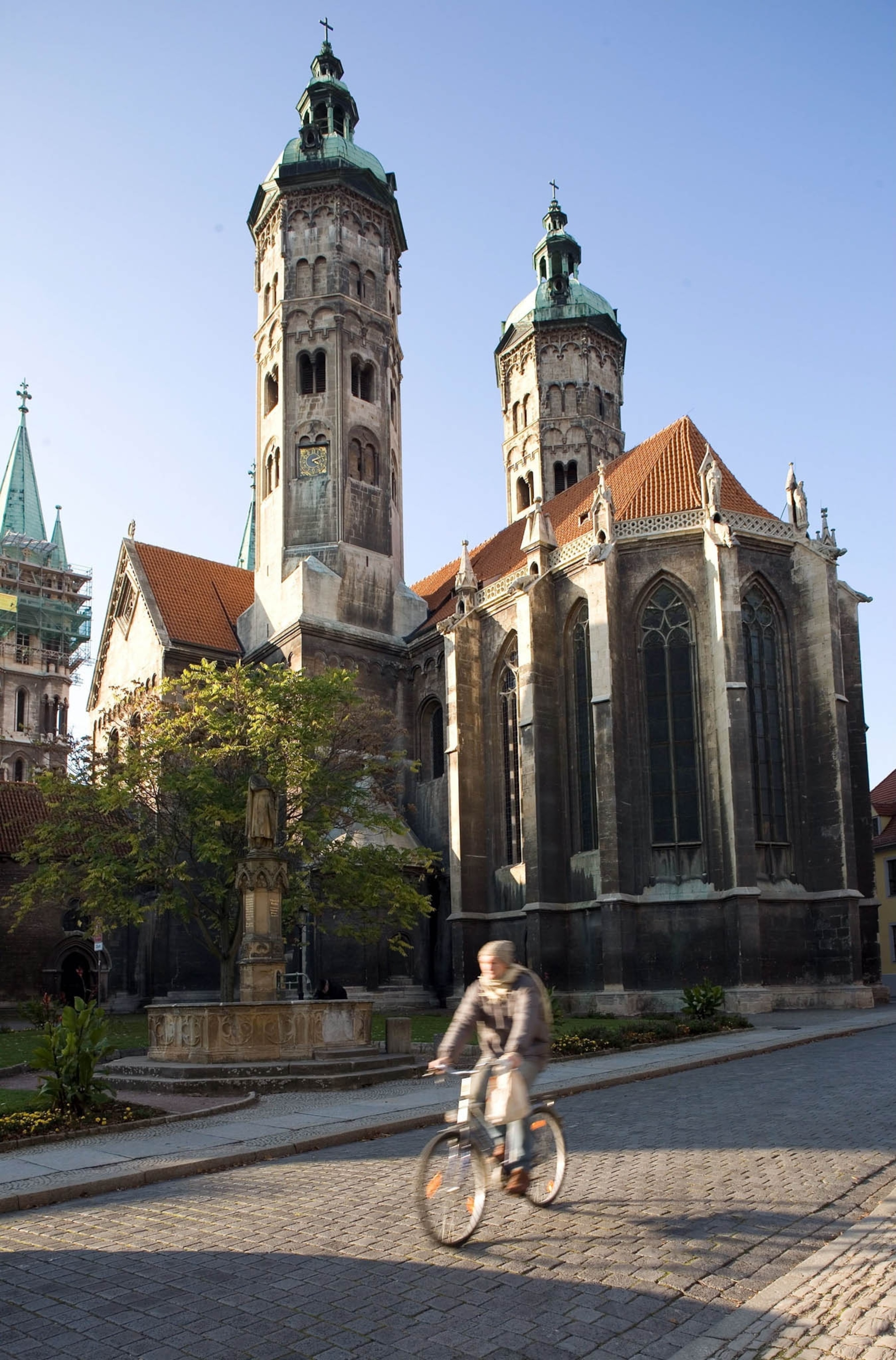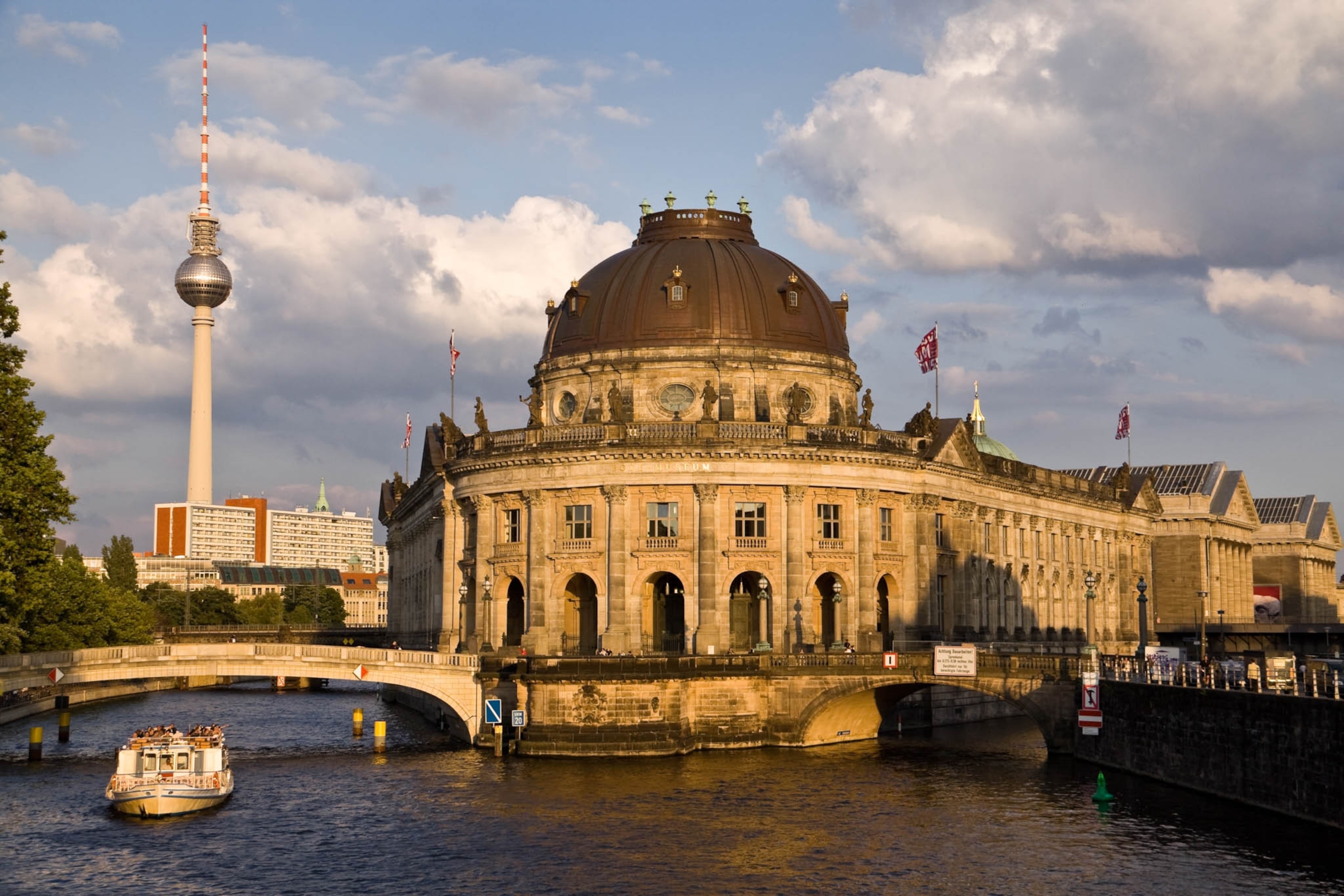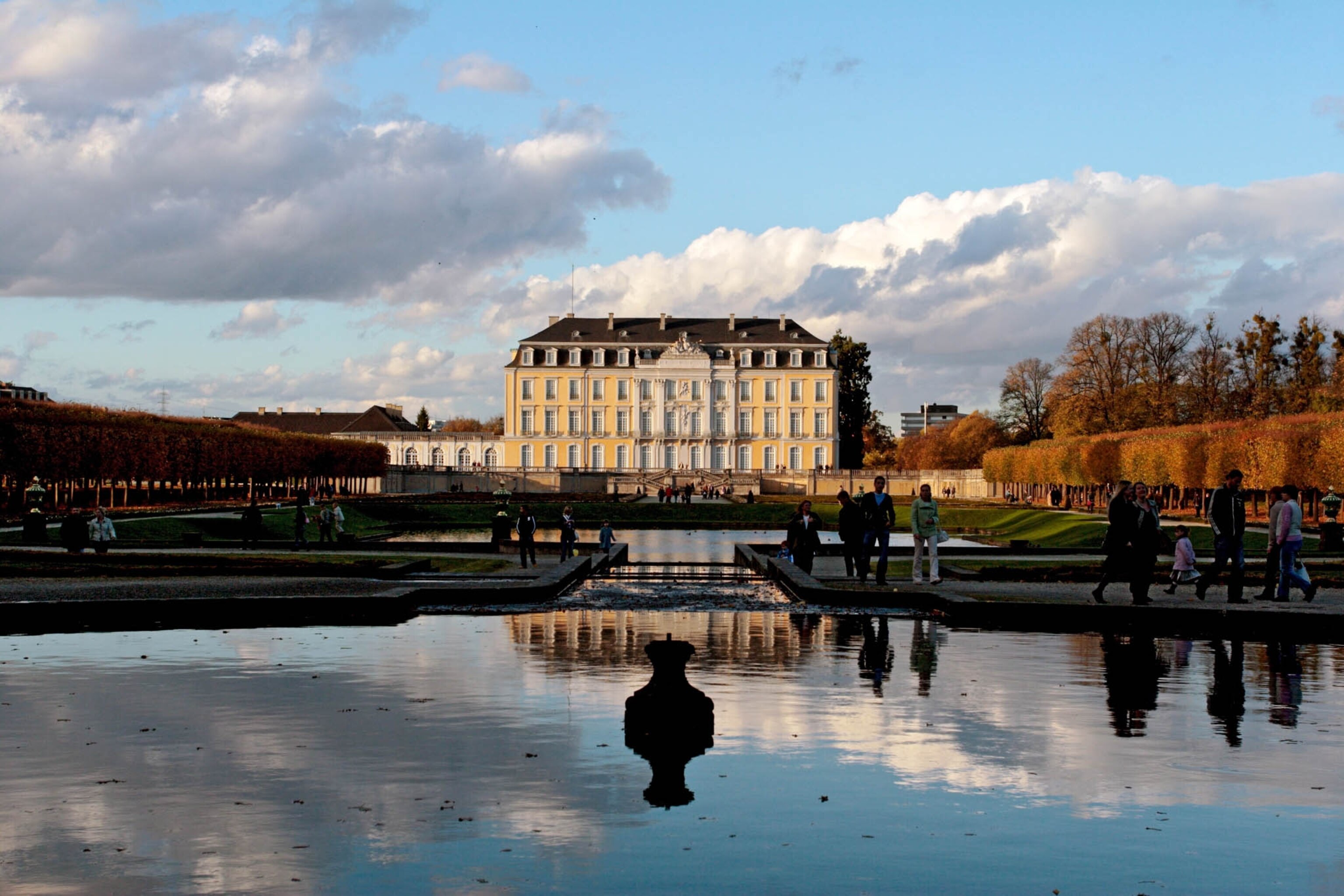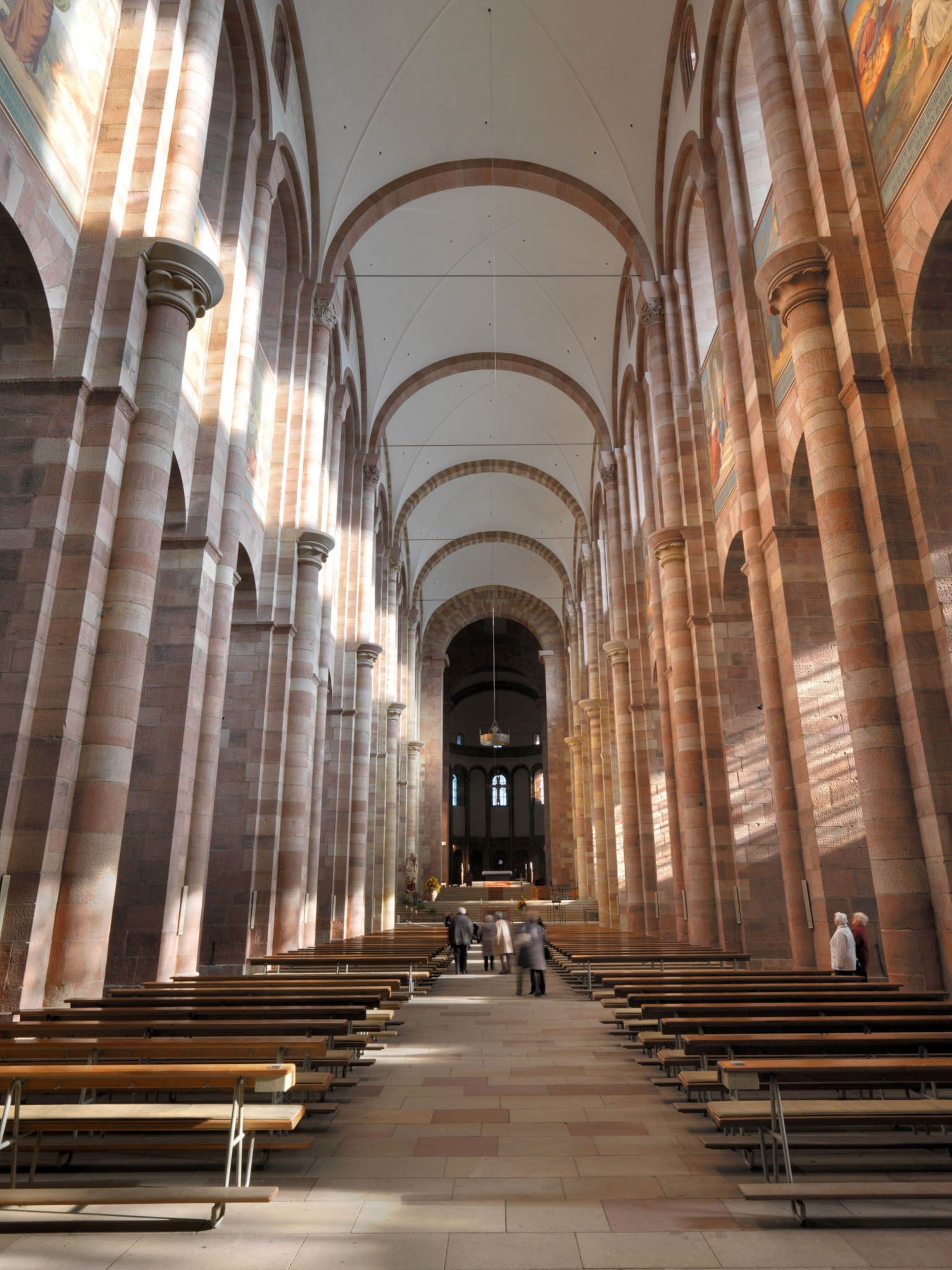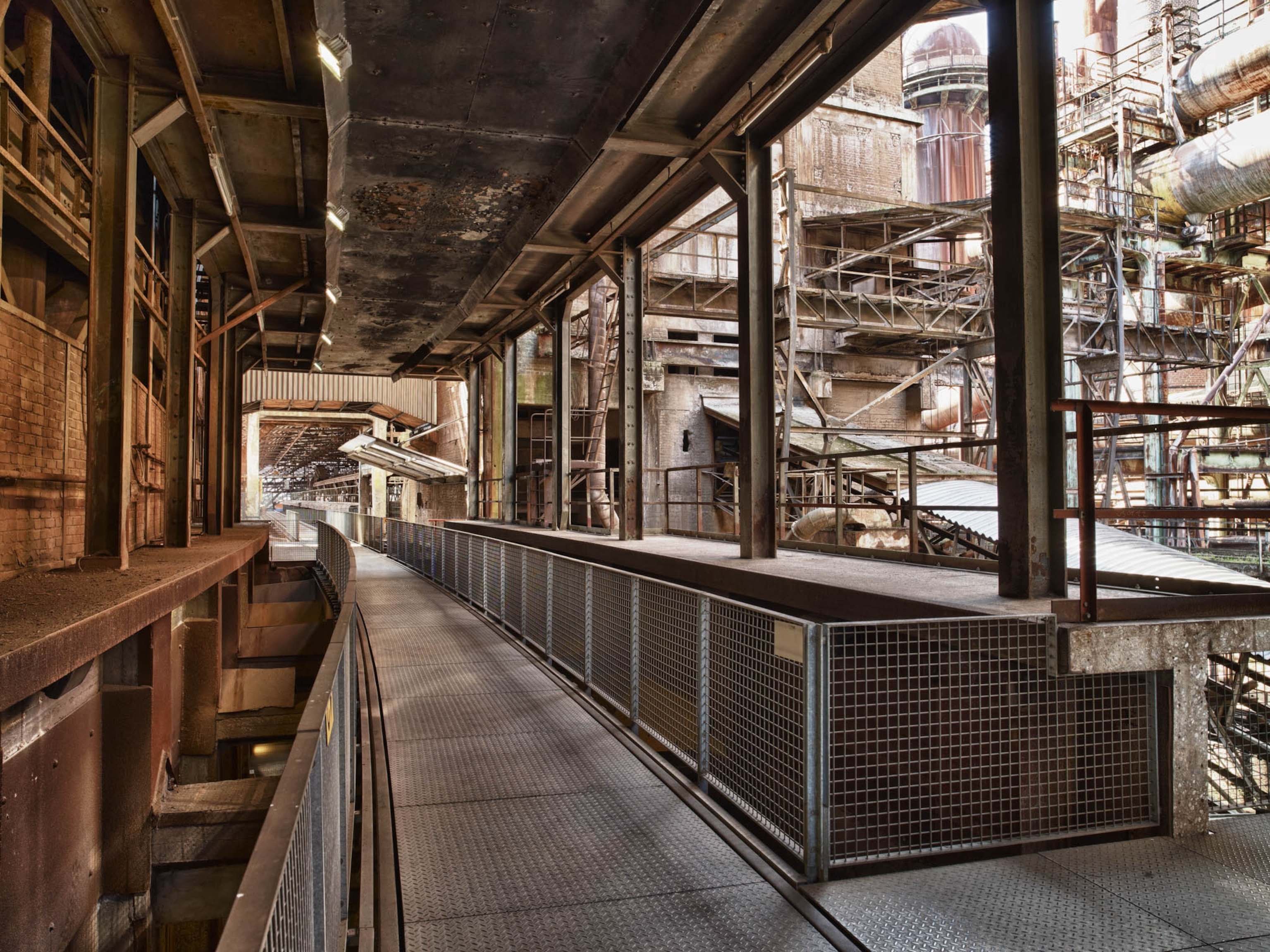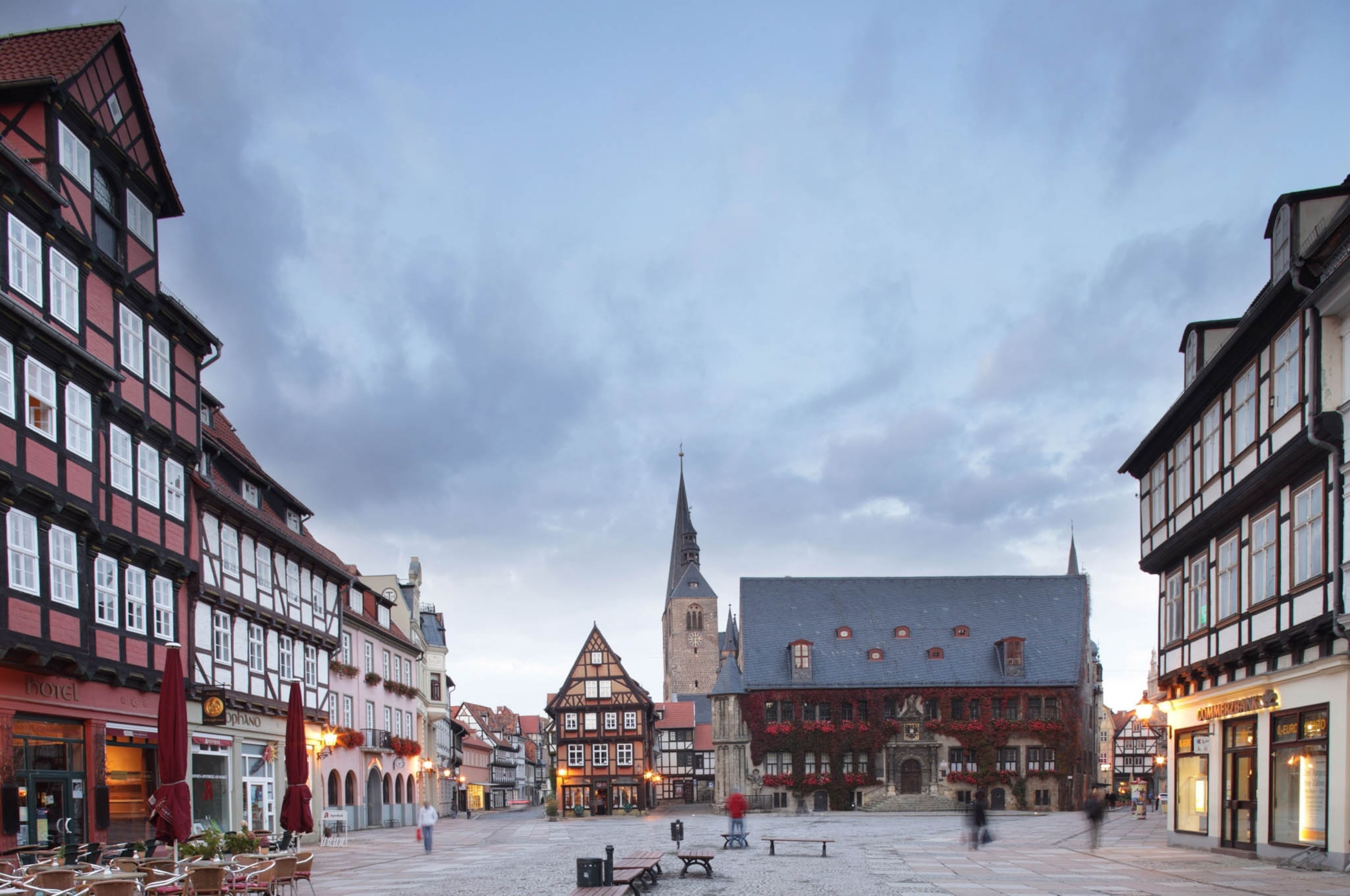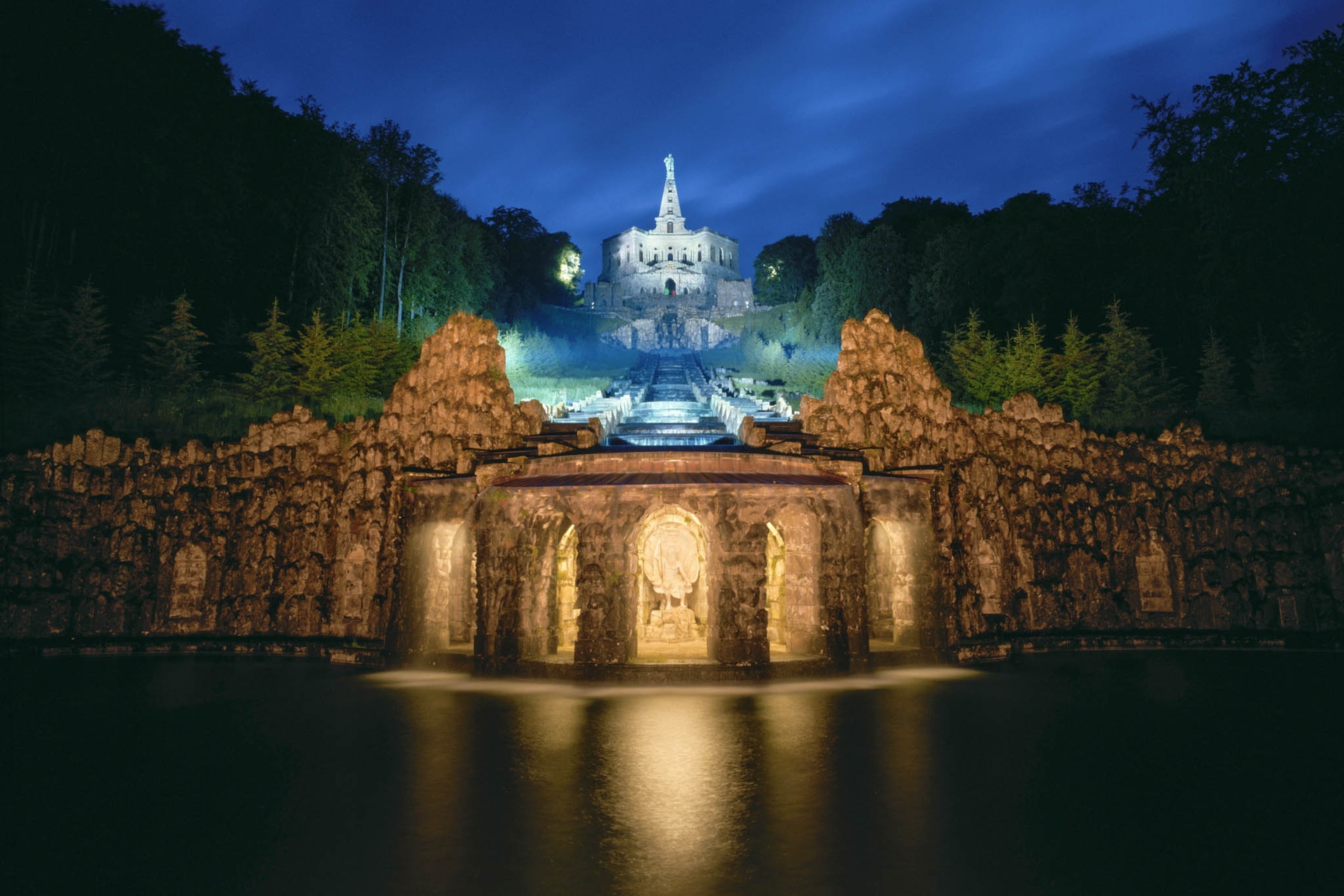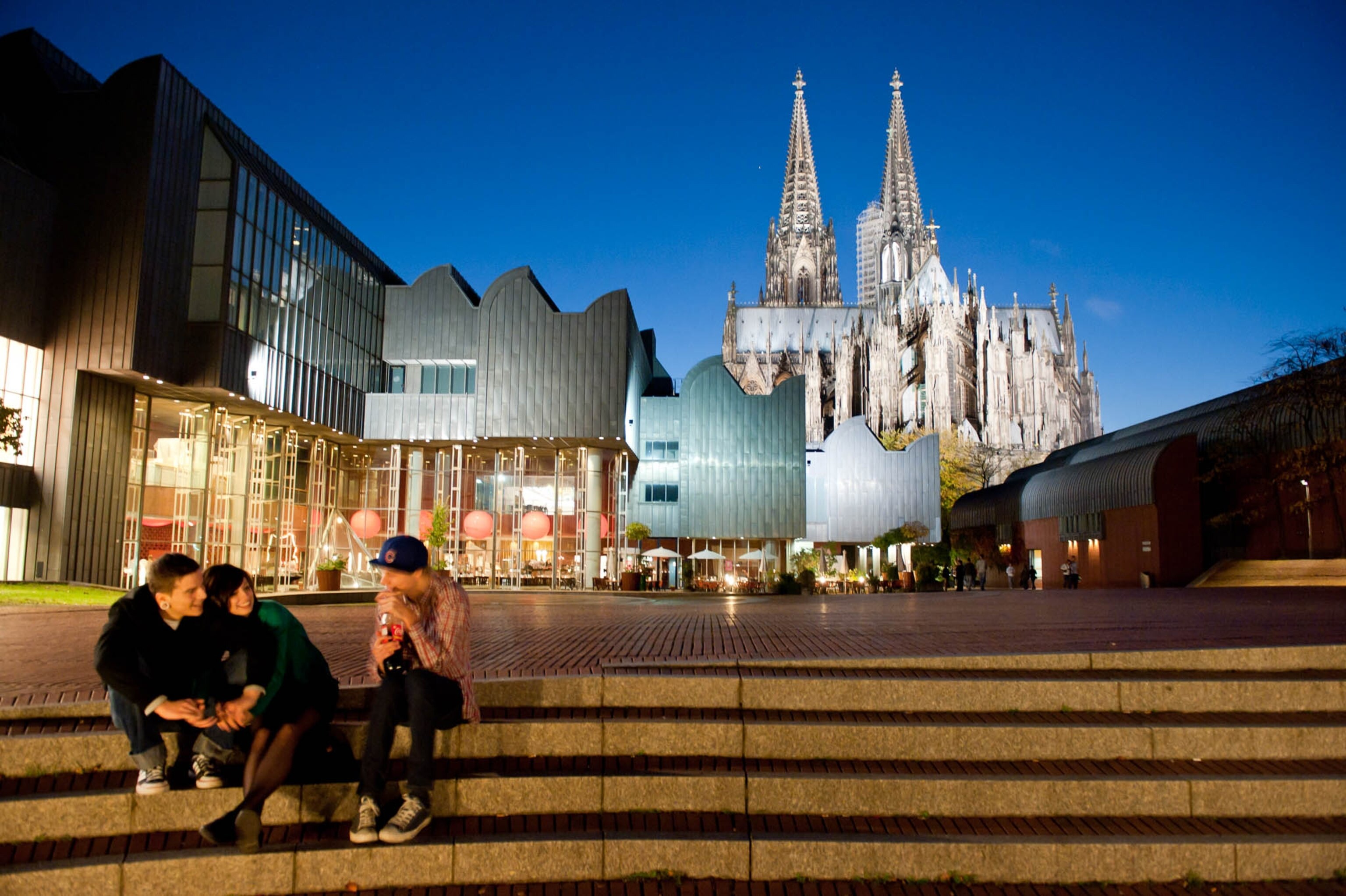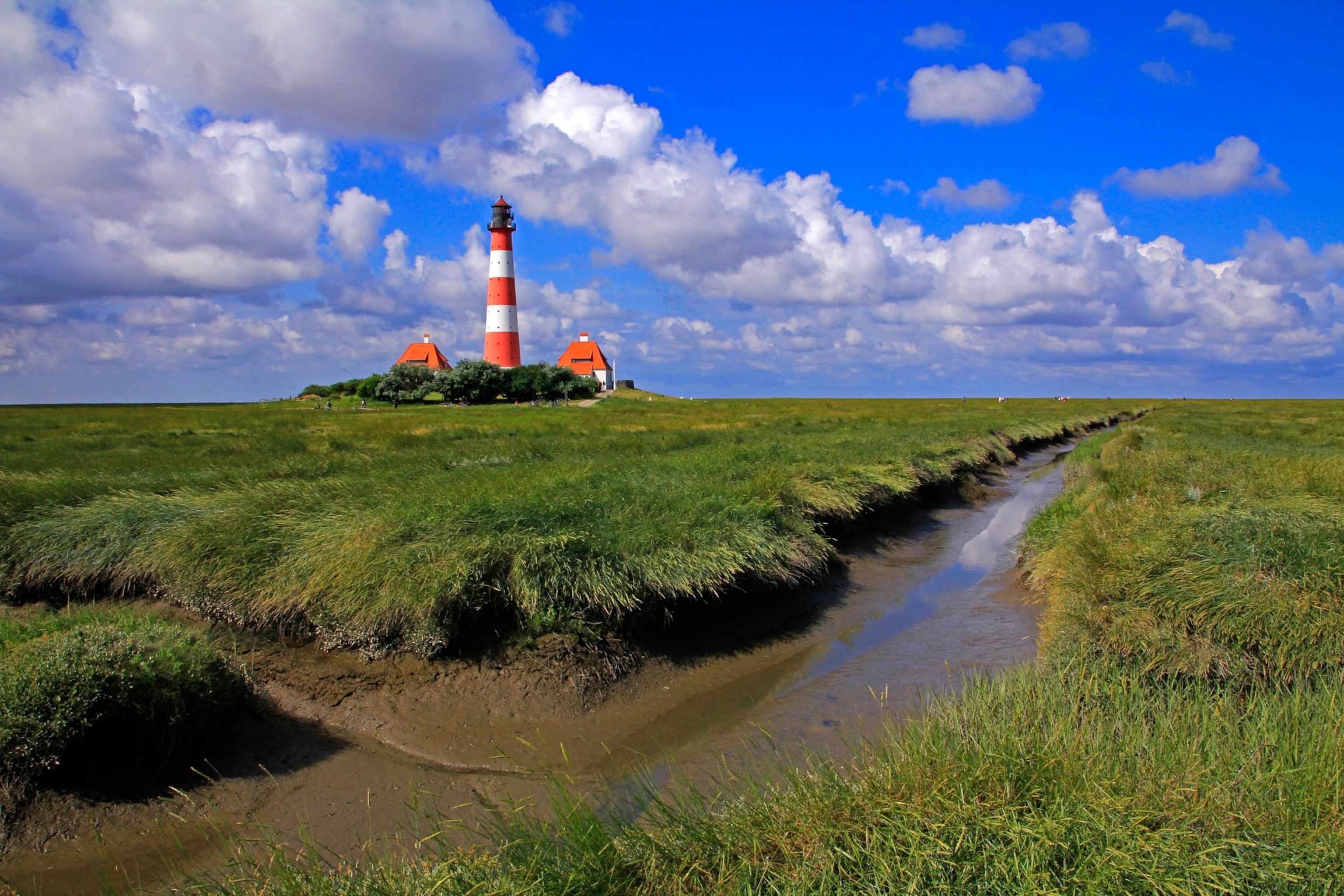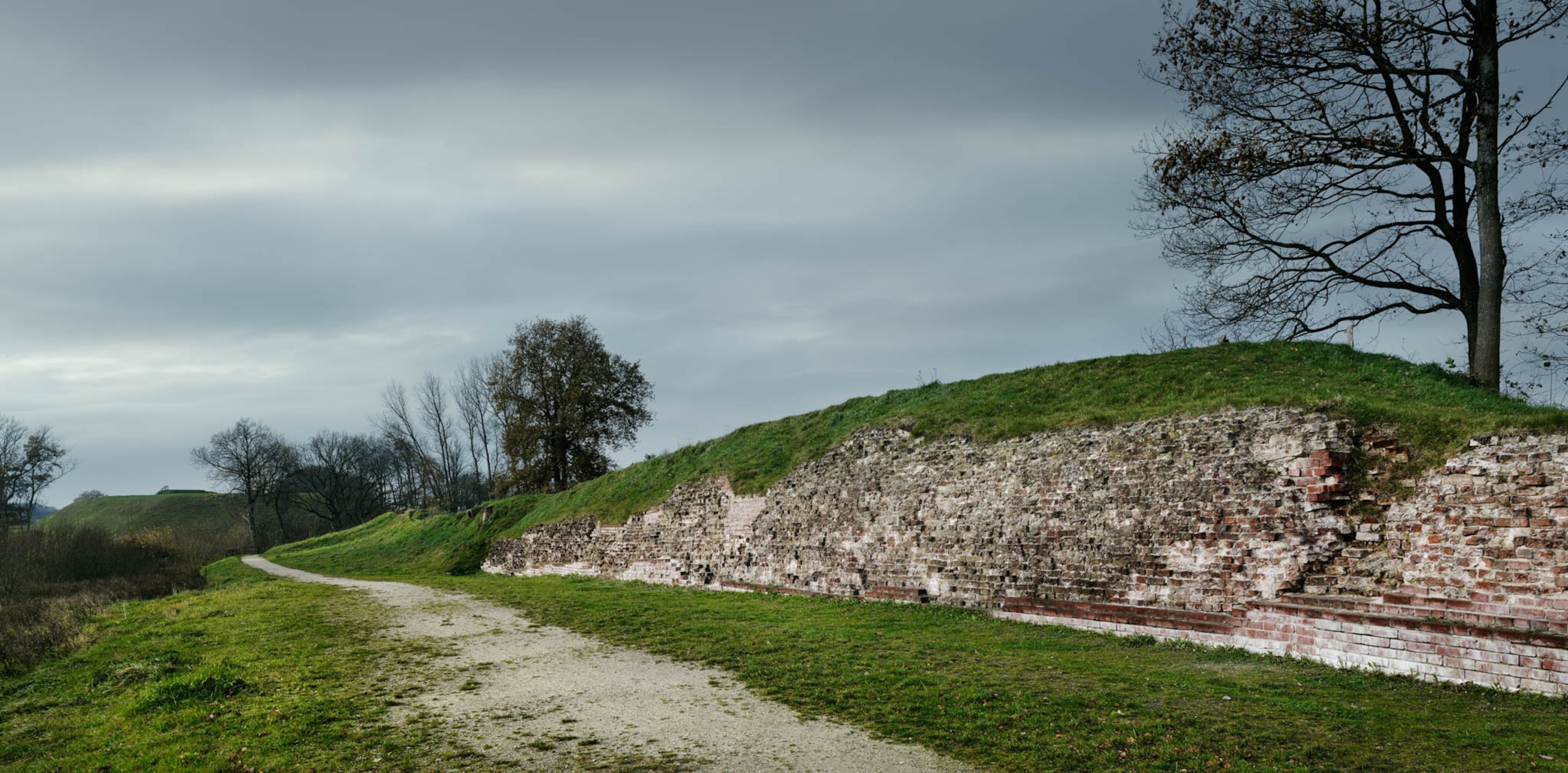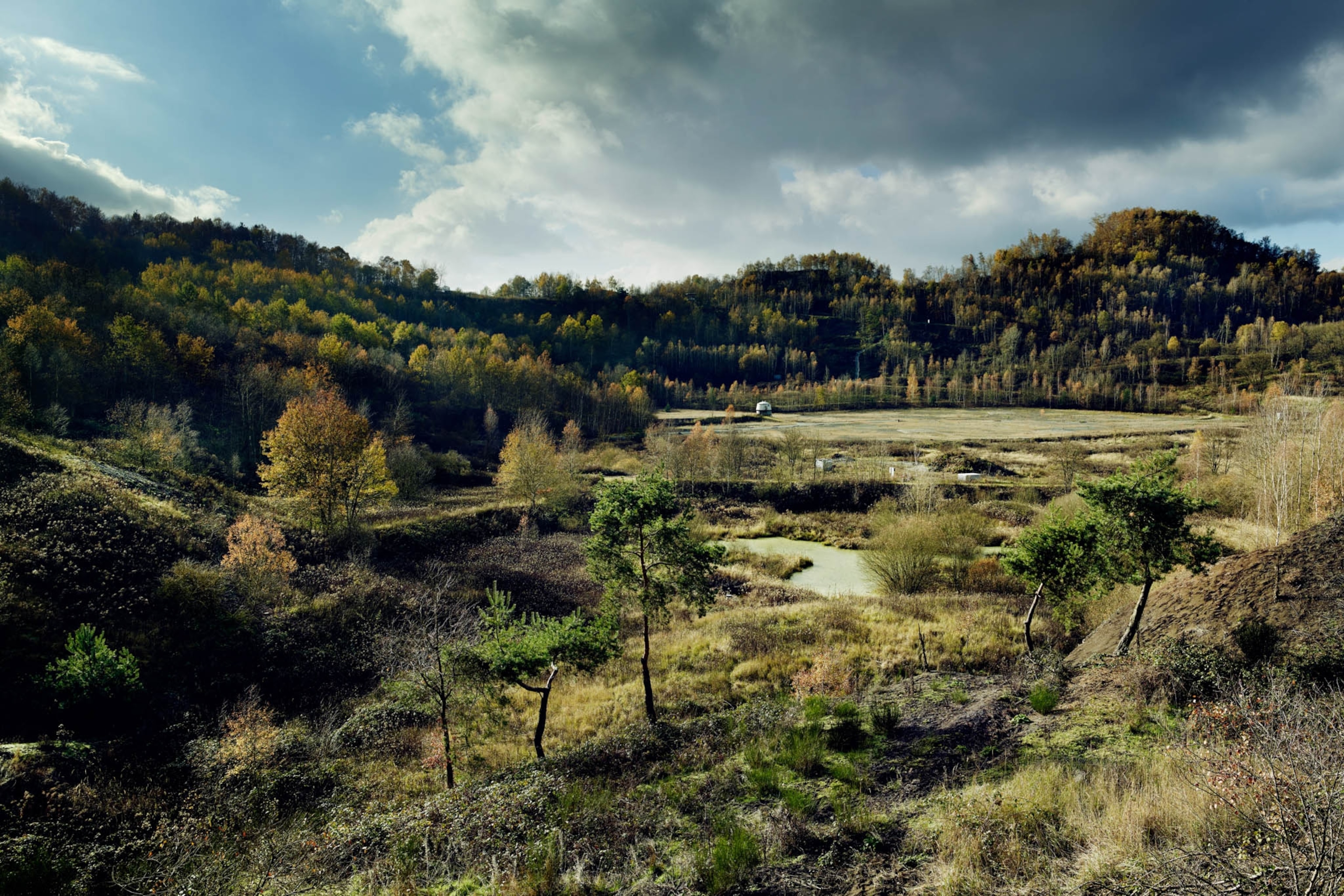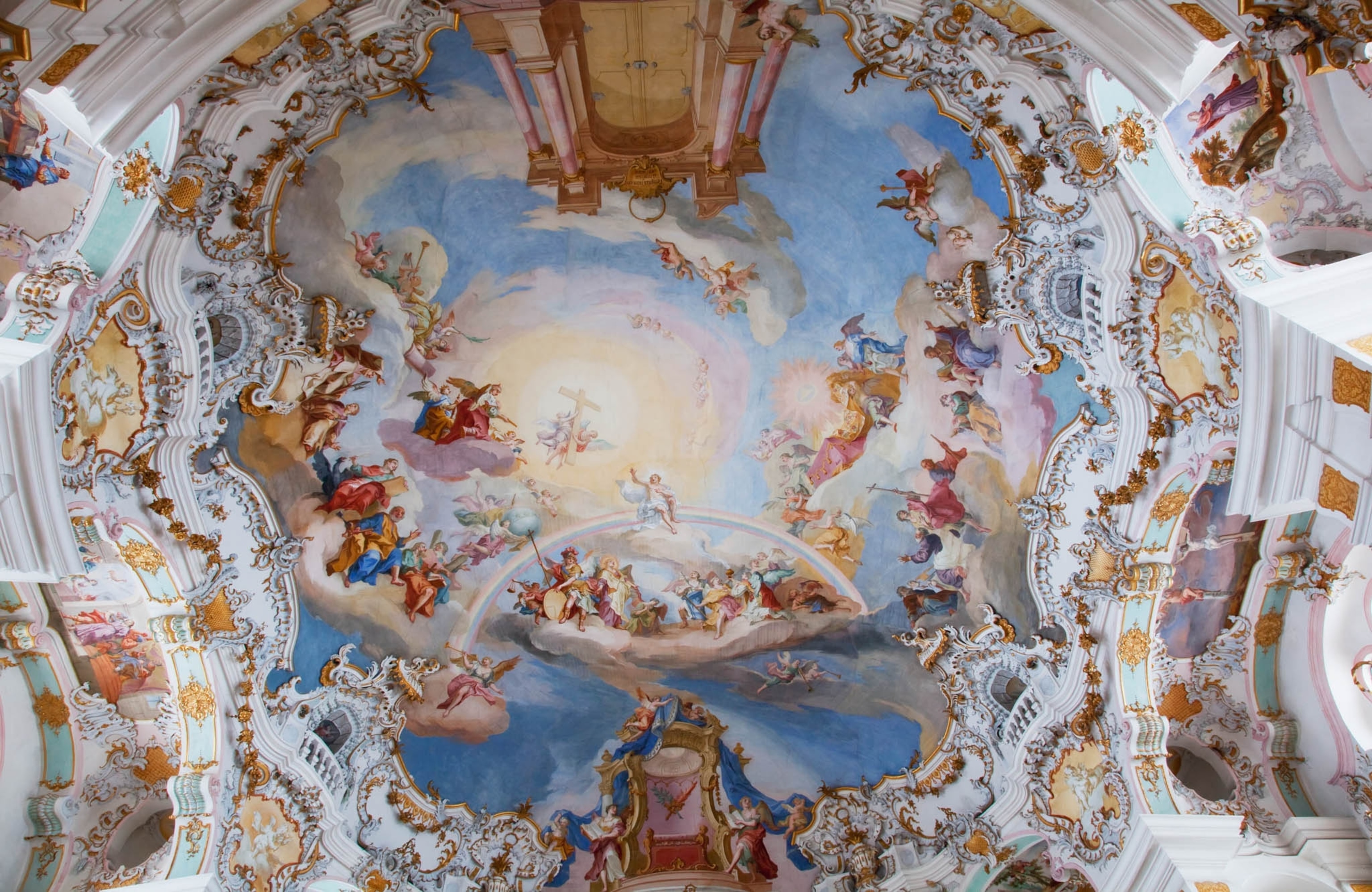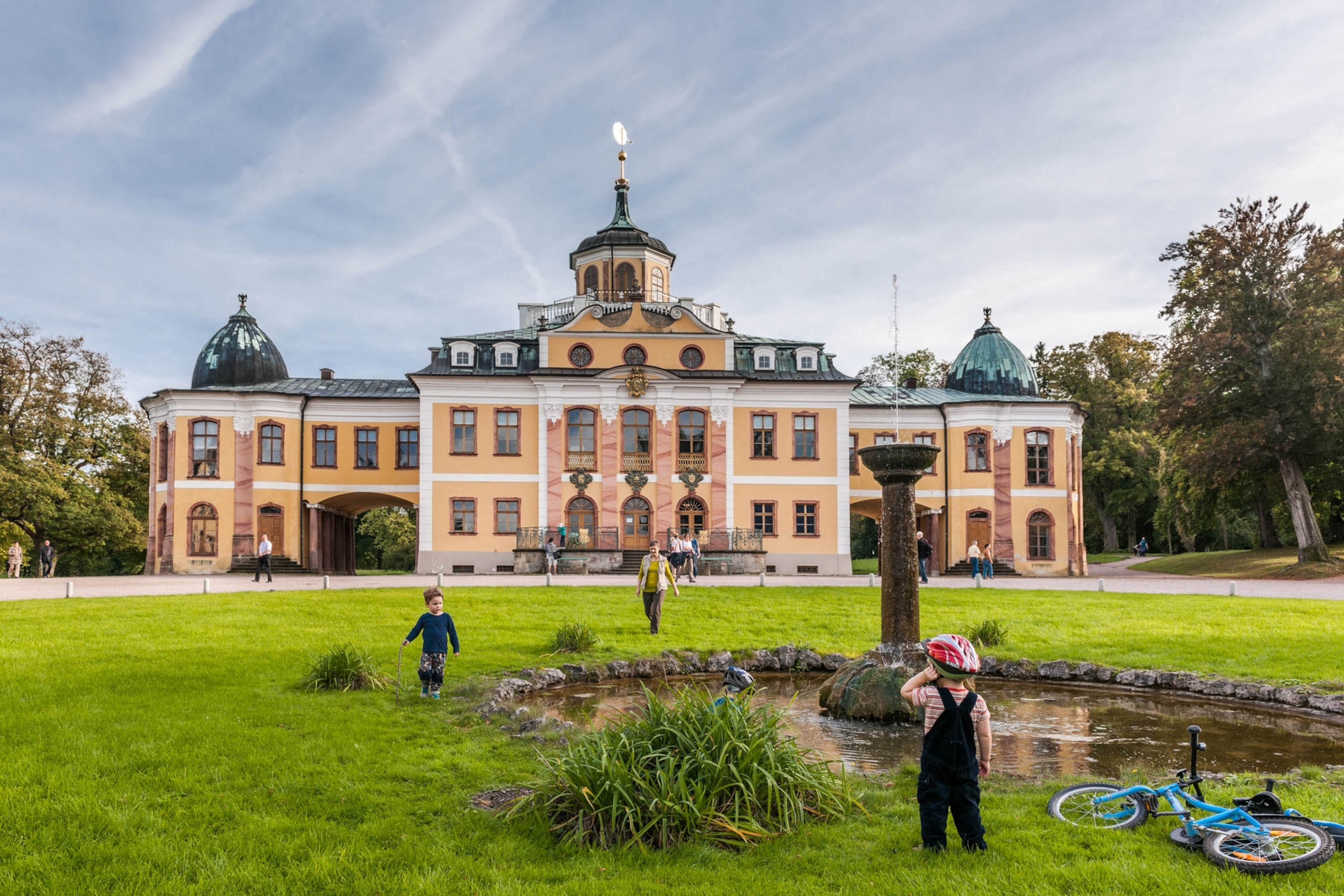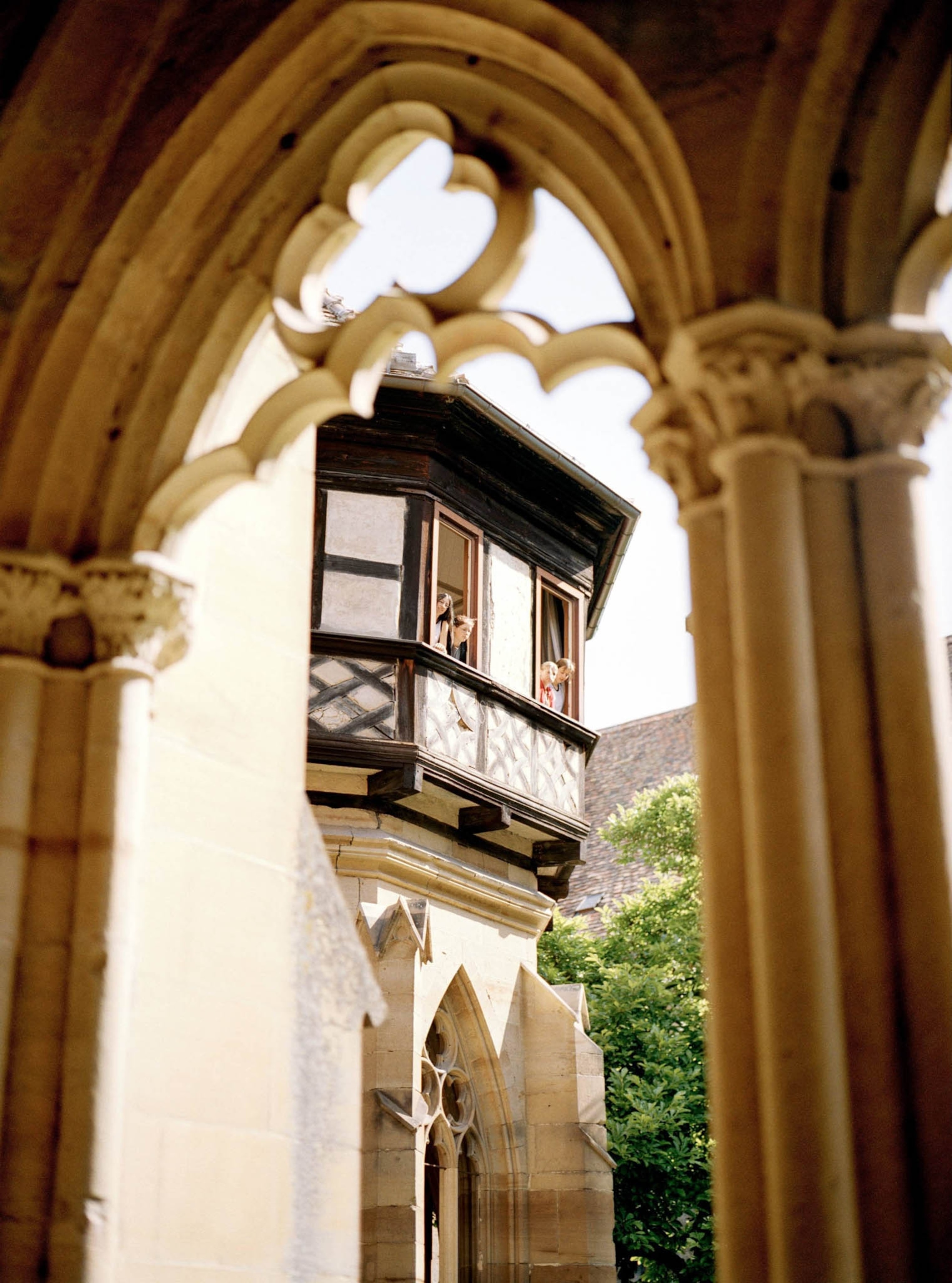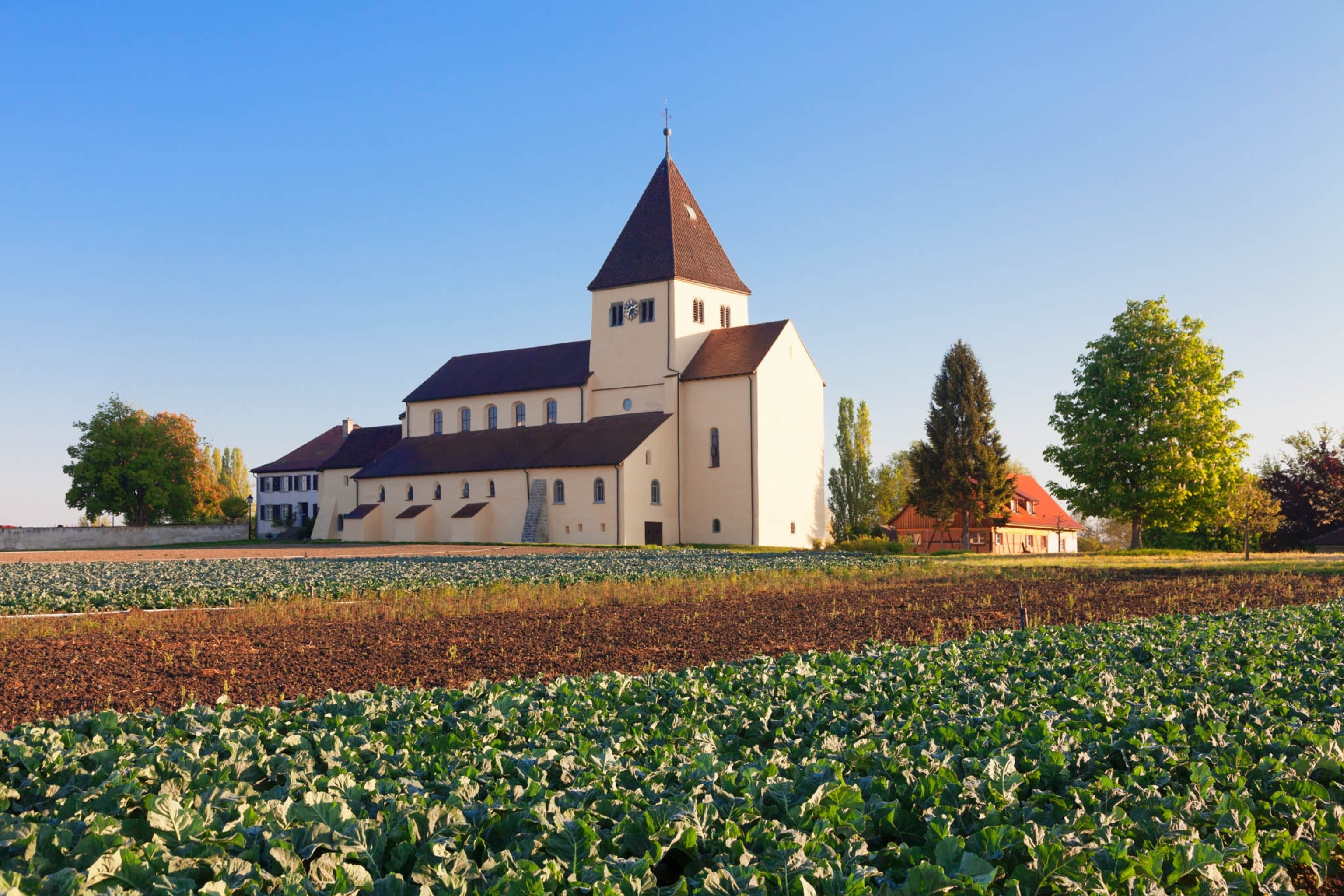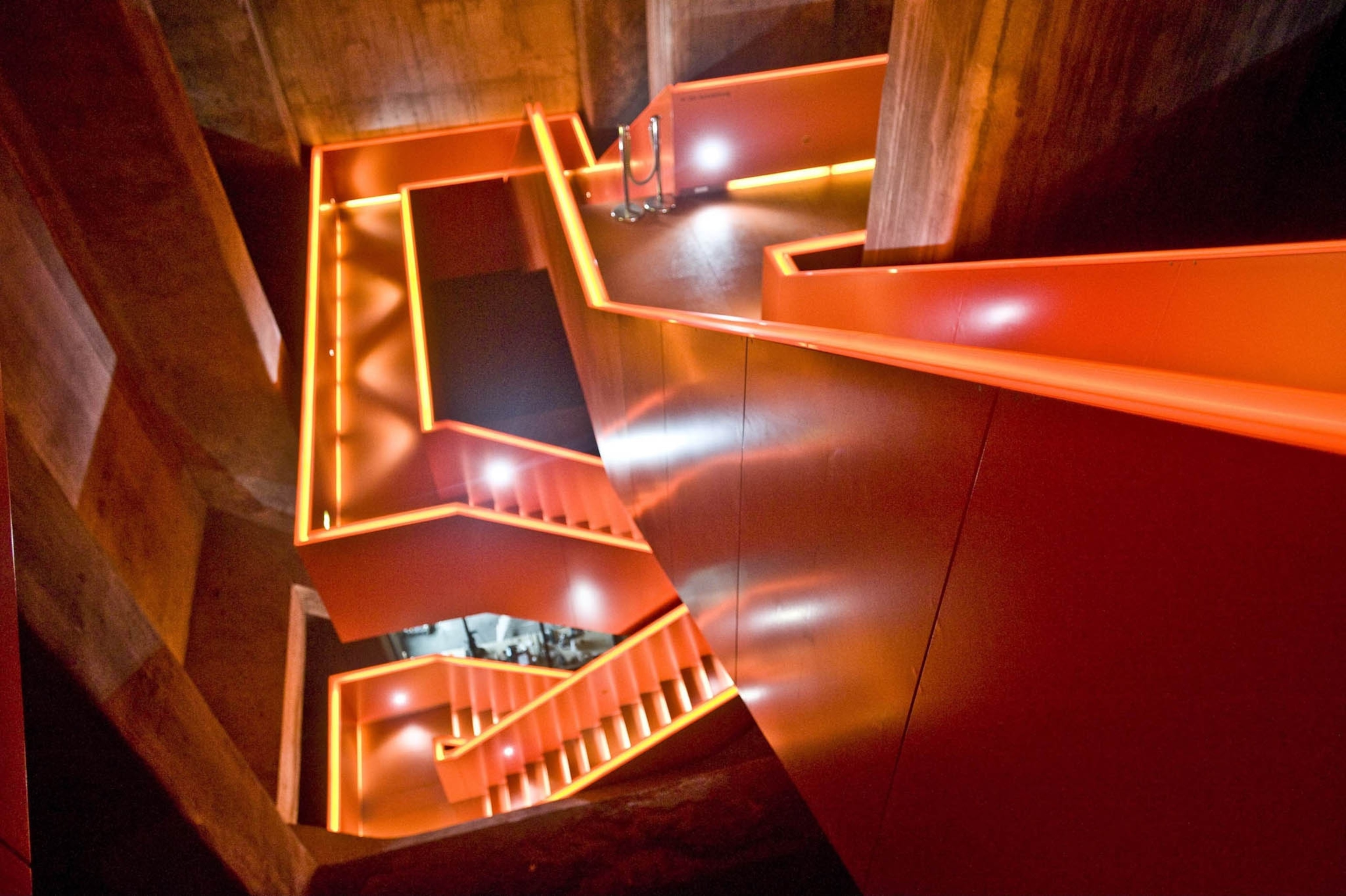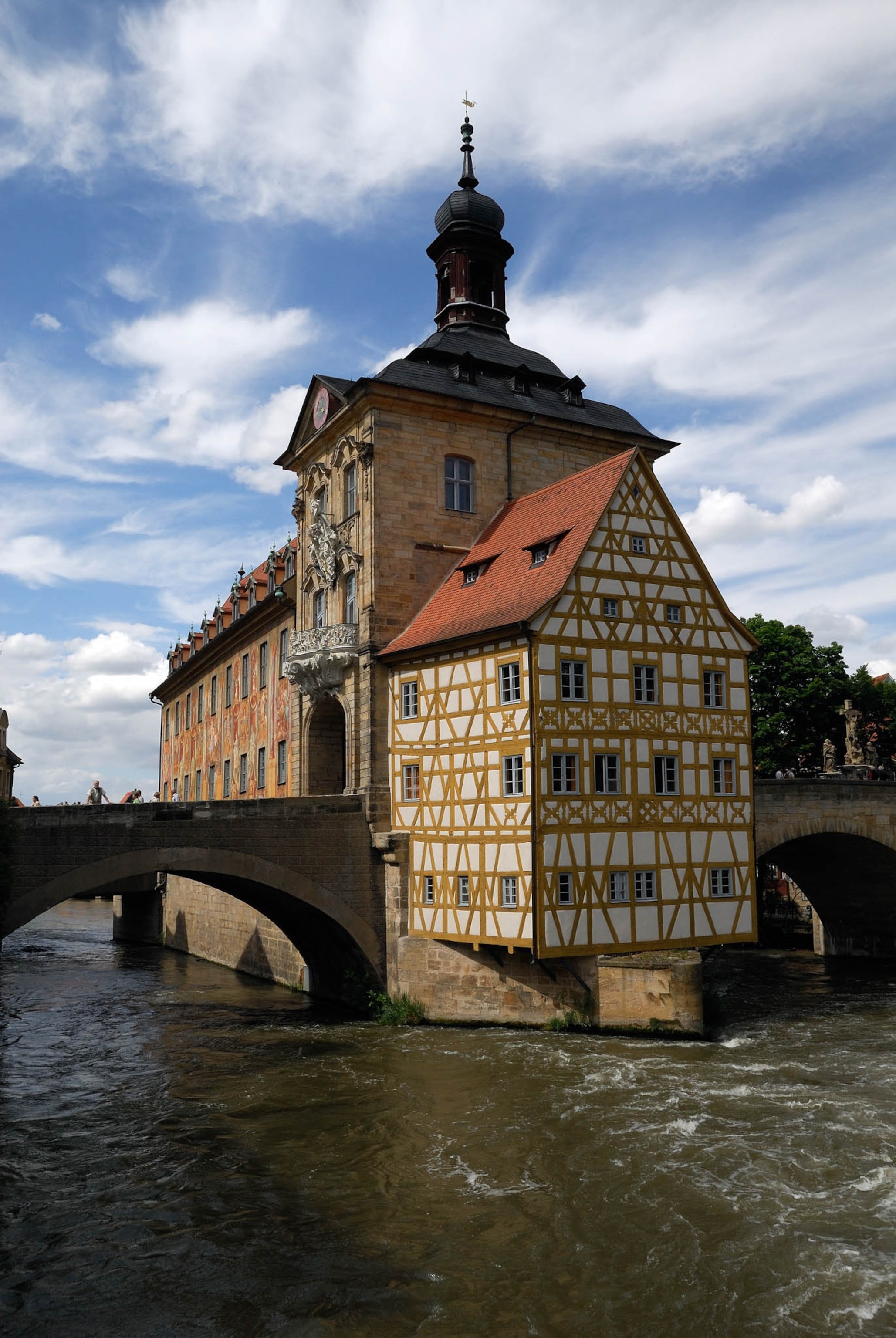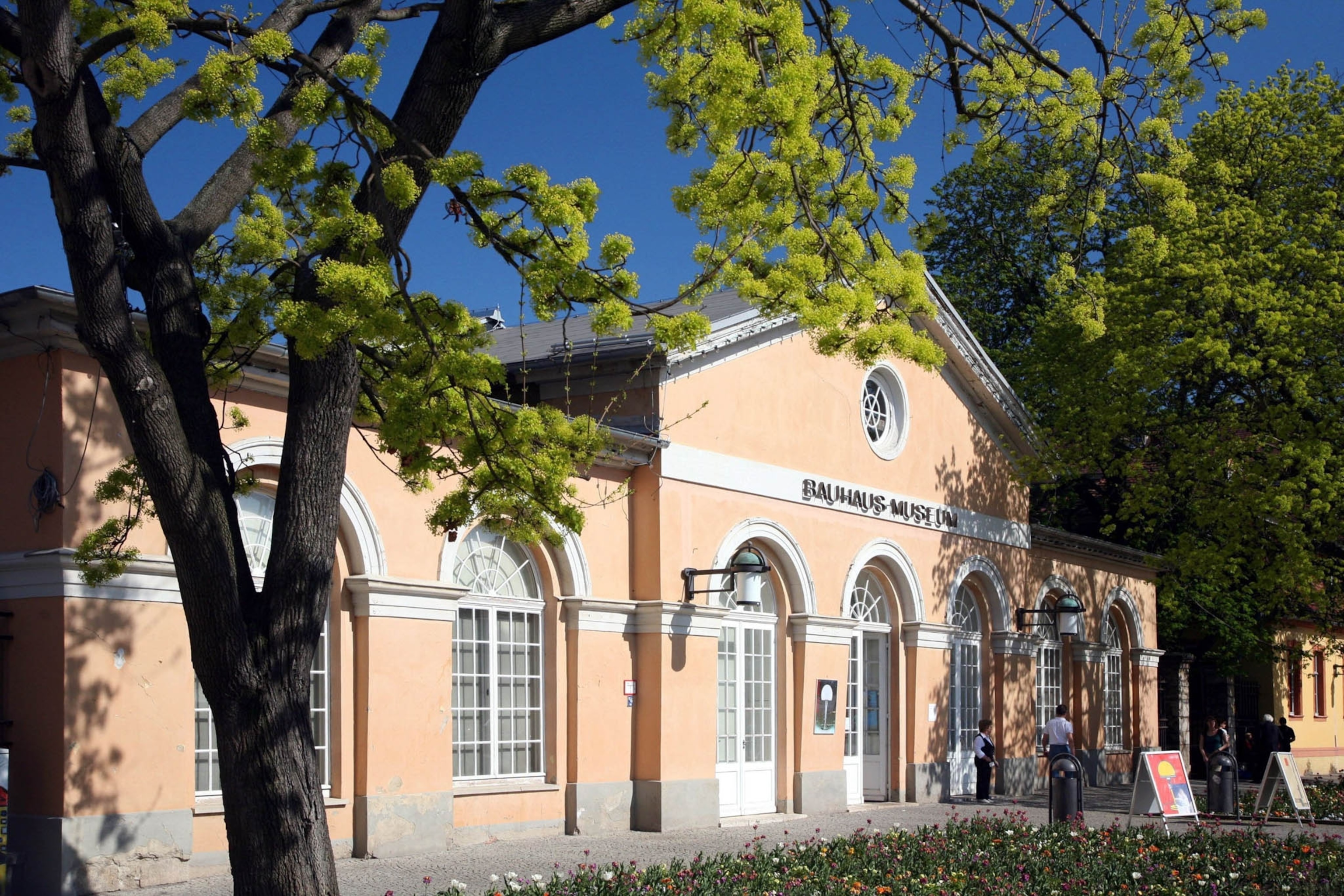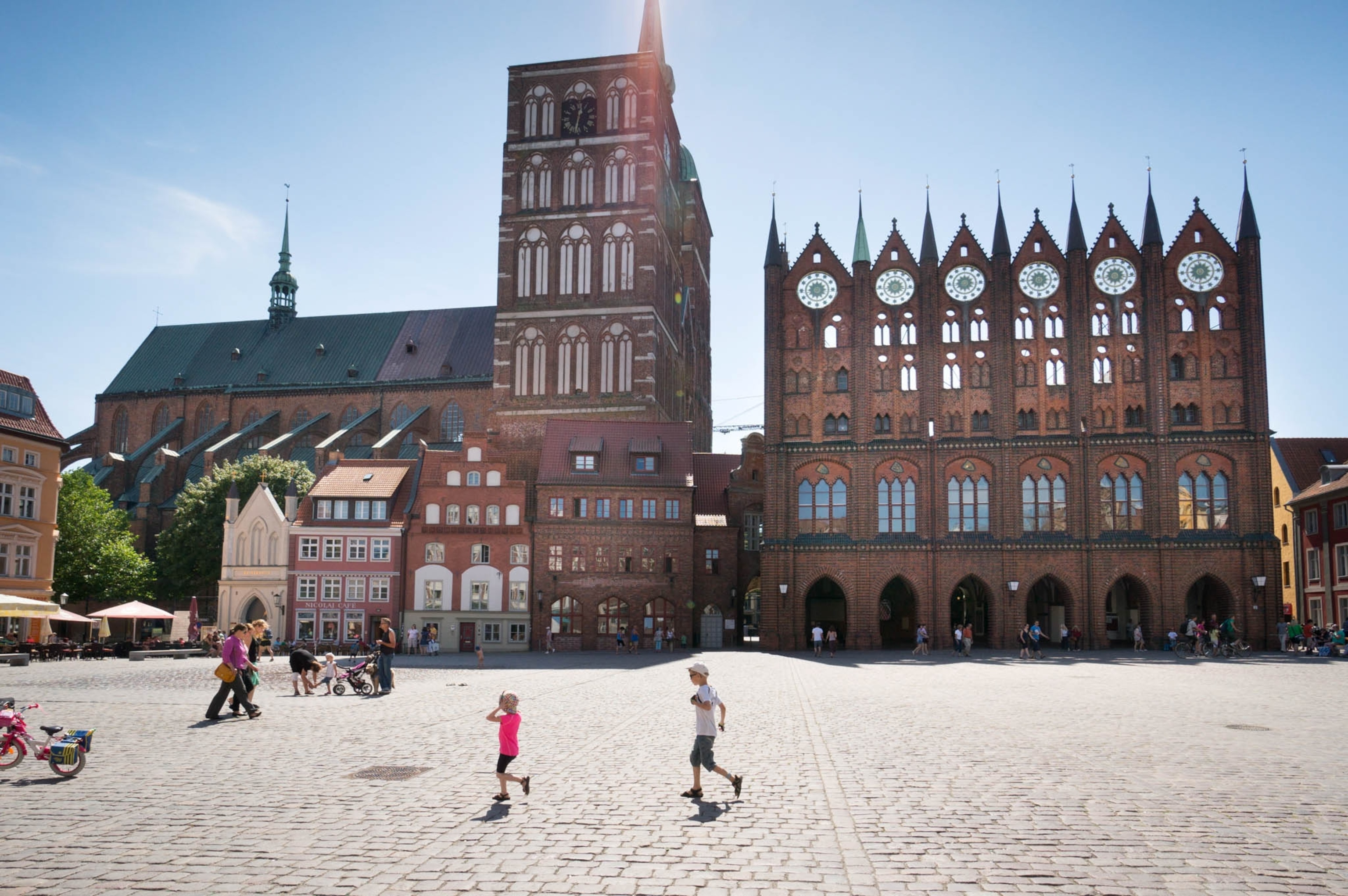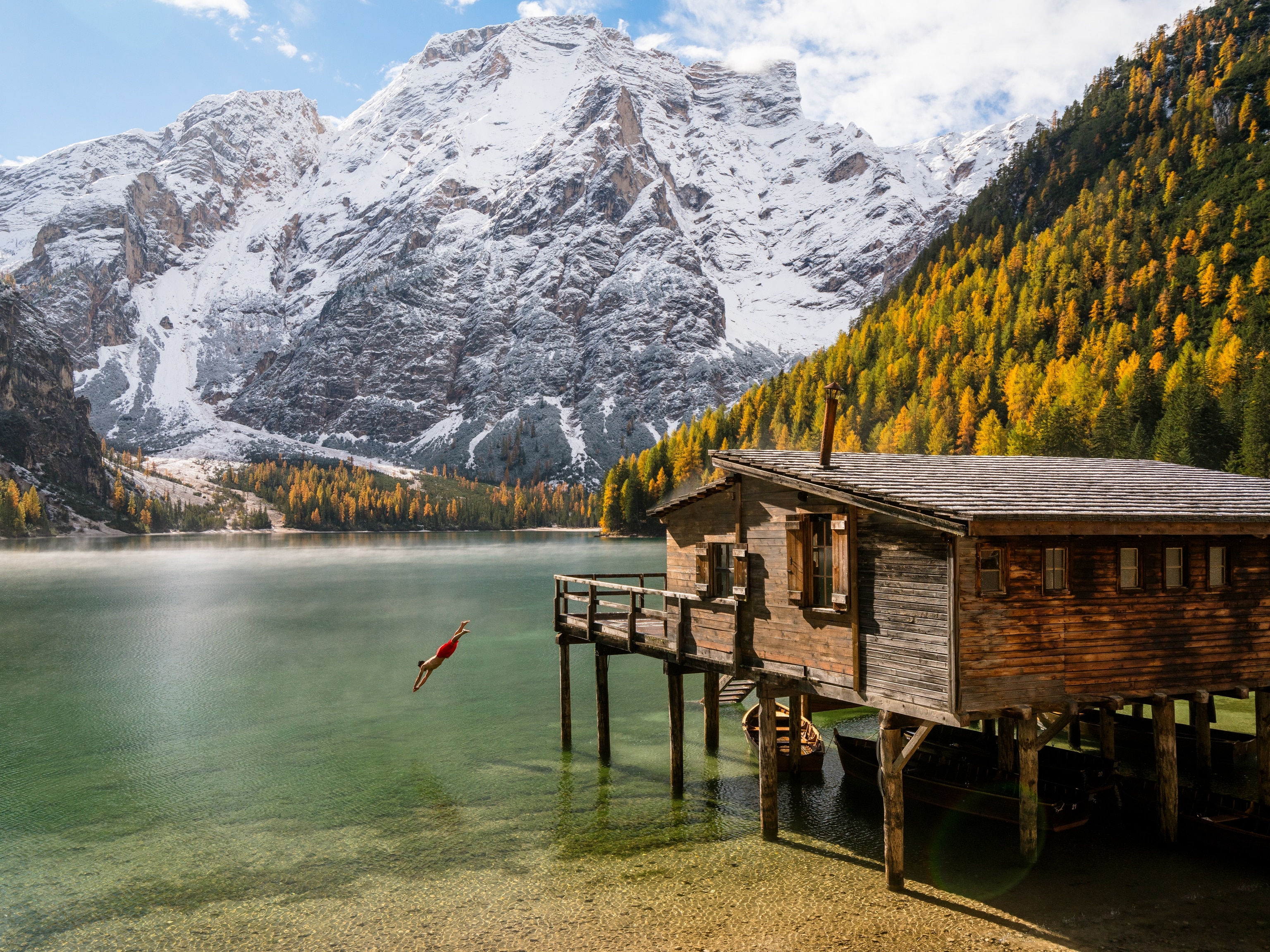
What did travel have to do with the fall of the Berlin Wall?
Find out here—and discover what the fascinating German capital offers to today’s travelers.
When the Berlin Wall fell on November 9, 1989, it was due in part to newly issued regulations on travel. As protests had escalated in communist East Berlin, the government responded by easing some border restrictions. Though the changes were intended to have only a negligible effect on travel, the public announcement misrepresented them as opening the border. Locals turned up at the wall in droves, overwhelming the guards, who eventually had to open the checkpoints. The rest, as they say, is history.
In the 30 years since, Berlin’s evolution—from Soviet stronghold to libertine bastion with an anything-goes creativity born from repression—has made it one of the most captivating places on the planet. More recently Berlin has catapulted to the center of European power, led a countrywide push to welcome more than a million asylum seekers, and shown the world how a city can grow up without losing its edge.
“The difference between a place like New York and Berlin is that New York is settled, while Berlin is seething,” says photographer Harald Hauswald, whose images of East Berlin in November 1989 captured a state poised to topple as residents took sledgehammers to the wall.
“Berlin is still a never ending start-up,” he says. “That’s what makes it beautiful.” Here are seven ways to explore the German capital.
Time travel back to the Cold War
Today the best known places to meet Berlin’s Cold War ghosts are also among its most touristy haunts: the East Side Gallery, where a mural-clad stretch of the Berlin Wall remains, and Checkpoint Charlie (skip the latter). To understand the magnitude of how this barrier came to cleave families, a city, and two worlds, head to the nearly mile-long outdoor Berlin Wall Memorial, where escape tunnels are marked, a shoot-to-kill watchtower in the wall’s former “Death Strip” still stands, and a memorial honors those who died trying to flee the East.
Next to the Friedrichstrasse subway, historical videos and the original passport control booths at the Tränenpalast (“palace of tears”) border crossing station show where East Berliners said goodbye to loved ones returning to the West. At the infamous Stasi Prison, former inmates now lead tours and offer harrowing accounts of how East Germany’s secret police used surveillance and scare tactics to exert control.

Visit Prussian palaces
Berlin’s history is not all dark and heavy. For proof, make a visit to Schloss Charlottenburg, a baroque beauty inspired by Versailles. Set amid manicured gardens, a carp pond, and an ensemble of rococo palaces, this 18th-century castle stands as a reminder of Berlin’s proud Prussian past.
Just a 40-minute S-Bahn ride away, the city of Potsdam is a vast UNESCO World Heritage site (the largest in Germany) encompassing 150 buildings across 1,200 acres. Be sure to see the crown jewels of Frederick the Great’s summer stomping grounds: Neues Palais and Schloss Sanssouci.
View walls as artwork
Known as Europe’s most “bombed” (graffiti-marked) city, Berlin was named a UNESCO City of Design in part because of its wildly creative street art. The East Side Gallery, with 101 murals splashed across a still standing section of the Berlin Wall, is the world’s largest and longest open-air gallery. Urban Nation’s newly opened Museum for Urban Contemporary Art uses mobile facades to transform the building’s architecture and exterior walls into canvases themselves. For an eye-catching barrage of makeshift murals, head to Mitte’s Haus Schwarzenberg.
Opt for the outdoors
With more than 2,500 parks, Berlin ranks as one of the world’s greenest capitals. Its idyllic centerpiece is the Tiergarten, a former Prussian hunting ground now filled with lakes, jogging trails, and rose gardens. An airport built by the Nazis—which became a lifeline for West Berlin during the 1948-49 blockade—Tempelhofer Feld now serves as a public park where cyclists speed down the runways. And on sunny days, there’s no better place to people-watch than the Landwehr Canal, which winds for more than six miles through the heart of the city.
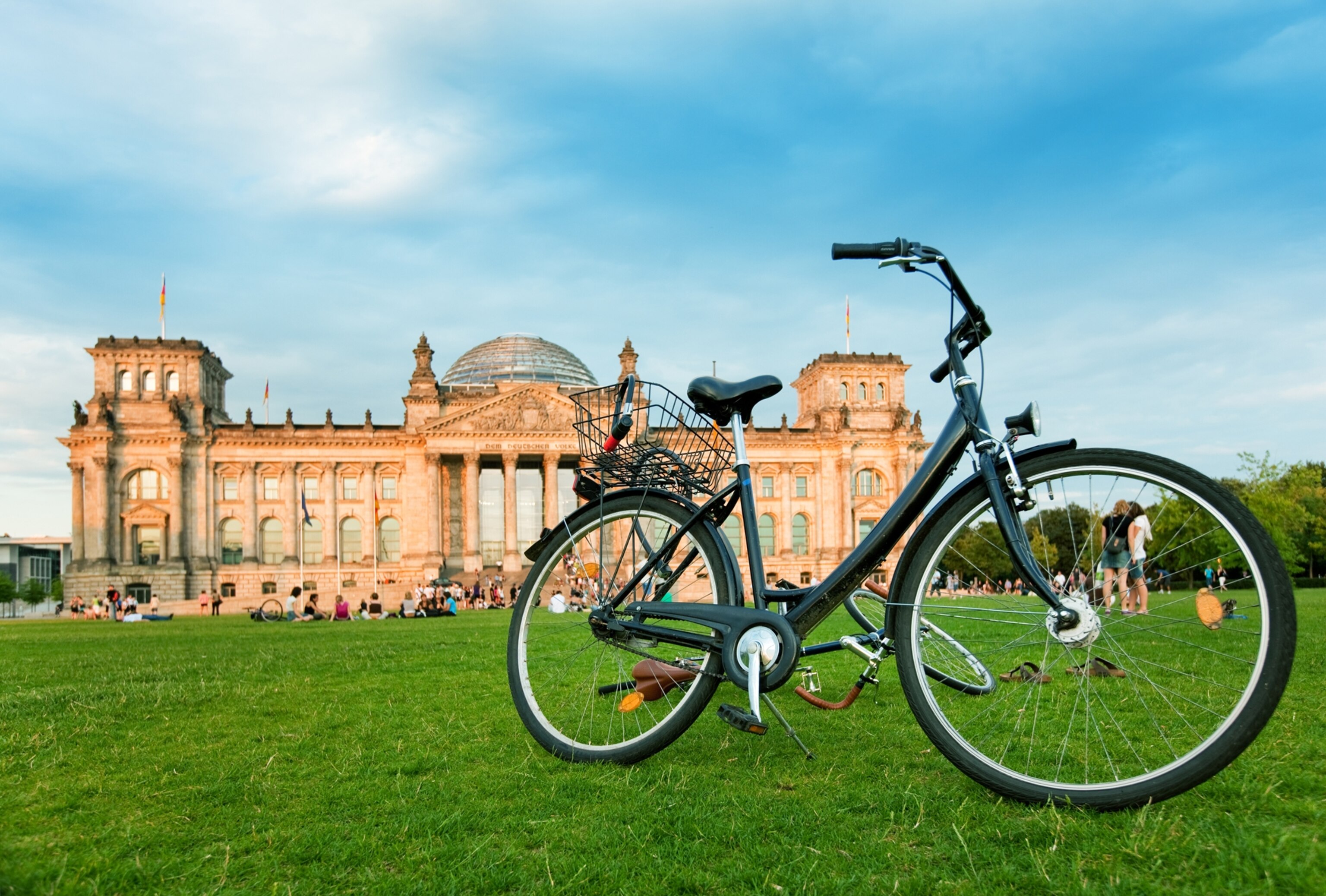
Fill up on local fare
Traditional staples get a locavore twist in many top restaurants, some featuring quirky historical settings. Inside the gym of a 1920s girls school, chef Dirk Gieselmann creates five-course dinners (with a vegetarian version) from regional ingredients for Michelin-starred hot spot Pauly Saal. Area farmers supply the lamb and rabbit at Restaurant Oderberger, an industrial-chic newcomer in an old boiler room. At Burgermeister, sample a juicy burger in a former subway bathroom.
There are more Turks in Berlin than anywhere else outside of Turkey, and they’ve created a rich culinary tradition all their own—most famously, the döner kebab. Some 4,000 döner shops dot the city, but the best is Tadim, in the heart of Kreuzberg’s Turkish community. At Fes Turkish BBQ, diners grill their own marinated black Angus beef and lamb. For spit-roasted meats and stuffed eggplant with a view, claim a table at Defne on Berlin’s most beautiful street, Planufer. (Read about the Berlin neighborhood that’s a food paradise.)
Rivaling the döner in popularity, currywurst—slices of steamed pork sausages doused in sweet curry ketchup and topped with curry spice—once merited its own museum. The exhibits are gone, but you can try the real deal at Konnopke’s Imbiss, a famed sausage stall under the U-Bahn tracks. Another local favorite? Eisbein (literally: “ice leg”), boiled and cured pork knuckle. It’s been a menu star, with a side of pea puree and mustard, at Zur Letzen Instanz since 1621.
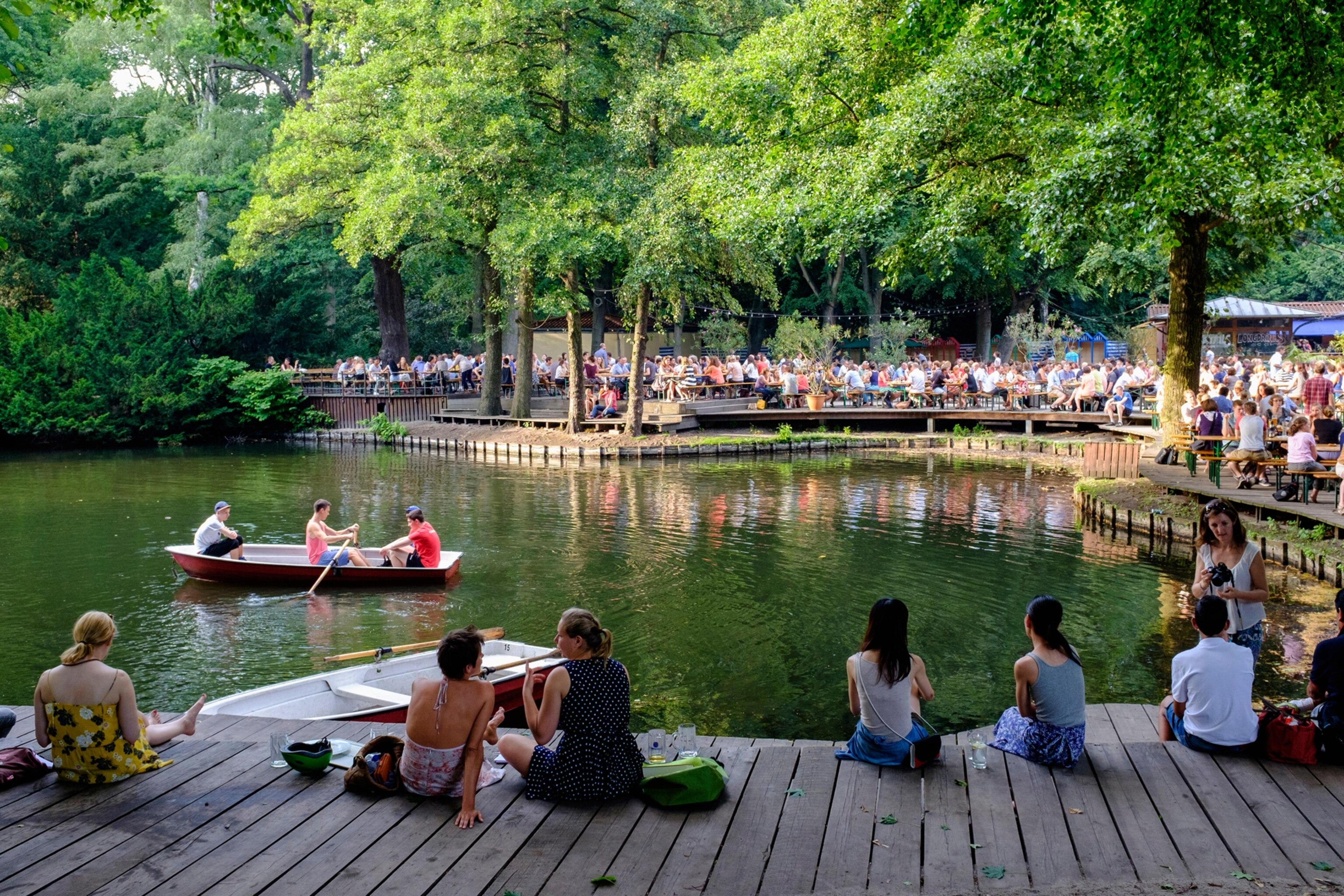
Raise a mug
Berlin may not be Bavaria, but you can find dozens of outdoor beer gardens sprinkled around the city and open year-round. The most enchanting may be Café am Neuen See, flanking a lake in leafy Tiergarten park and twinkling with strings of outdoor lights. Prater Garten, a Prenzlauer Berg institution, has been serving pints and schnitzels since the 1850s. Drinks and dancing form a heady mix at Birgit&Bier, an adult playground on the bank of the Spree River in Kreuzberg.
Be a night owl
For many, Berlin’s legendary party scene is the holy grail for hedonists everywhere. Housed in a former East Berlin power station, Berghain may be the world’s most hallowed techno club. But beware of its infamously rigid door policy, which favors hoodies and black jeans, nothing fancy. For more relaxed clubs, try Kater Blau and ://about blank. If all-night raves are not your thing, stroll the Weserstrasse, Revaler Strasse, Simon-Dach Strasse, and Torstrasse corridors for chill wine and cocktail bars, live music, off-kilter dives, and everything in between.
Where to stay
Michelberger Hotel: Buzzy, funky, and achingly hip, this indie hotel a block away from the Spree River oozes “Berlin.” The former factory retains its high ceilings, exposed beams, and immense windows. Loft beds, flea-market furnishings, and an inviting communal courtyard complete the curated-crash-pad vibe.
Orania.Berlin: Set in a former Weimar-era cabaret club, this restored art nouveau palace is the first upscale hotel to open in Berlin’s counterculture Kreuzberg district. Floor-to-ceiling windows in the downstairs salon look out on graffiti-tagged hipster bars, while inside, roaring fireplaces, a Steinway piano used for nightly jazz concerts, and chef Philipp Vogel’s Orania.Restaurant feel a world apart (tip: order the Xberg duck). The 41 rooms and suites upstairs feature handmade Iranian carpets, designer furniture, and sightlines over Berlin’s punchiest neighborhood.
Hotel Adlon Kempinski: The grande dame of Berlin’s five-star hotels, this neo-baroque stunner has hosted everyone from the Rockefellers to Queen Elizabeth since it opened in 1907. Indulge in a palatial 9,000-square-foot spa, a double-Michelin-starred restaurant, and views of the Brandenburg Gate.
- National Geographic Expeditions

